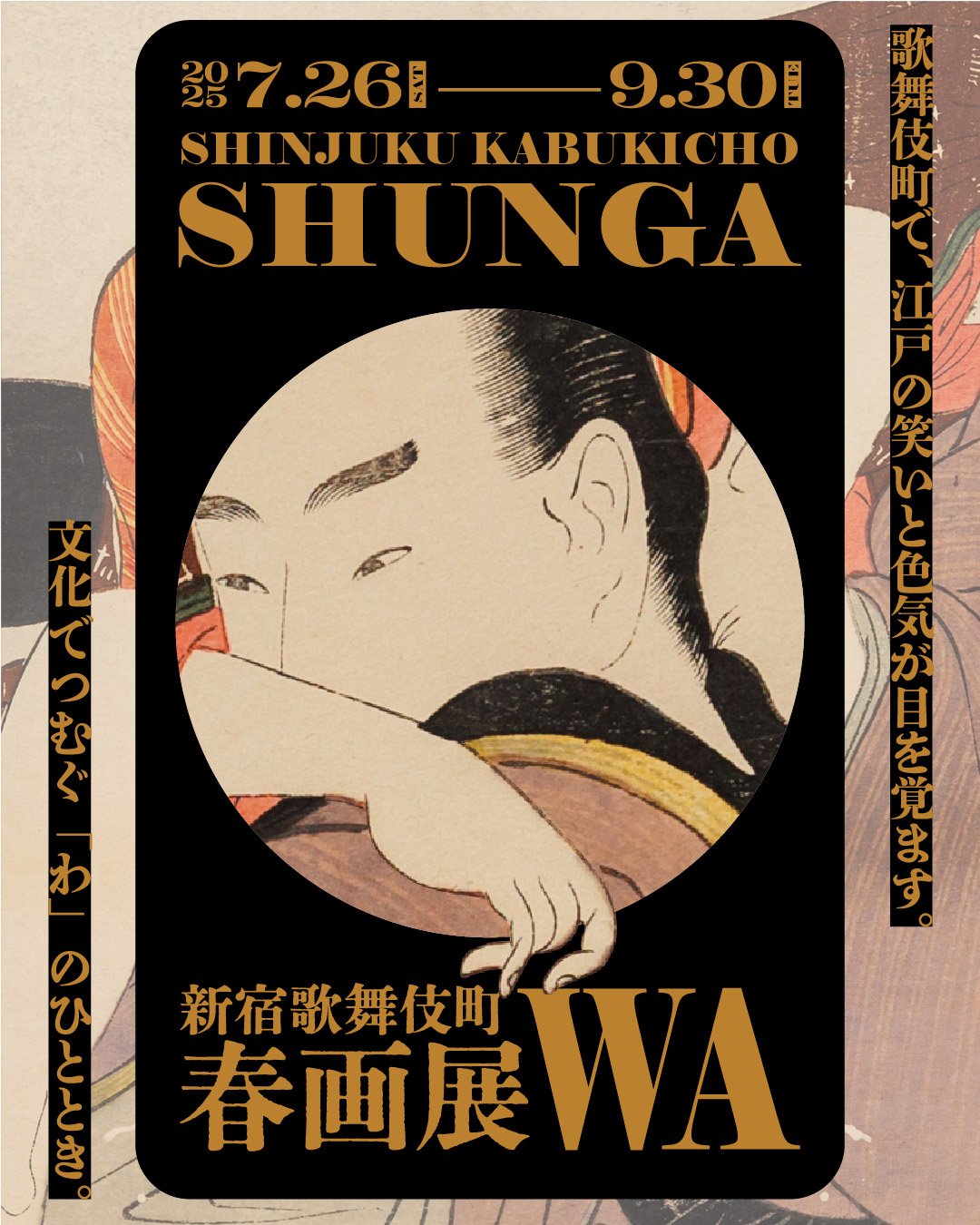
Detail from “Negai no itoguchi: Prelude to Desire” by Kitagawa Utamaro / Kansei 11 (1799) / Collection of Uragami Sokyu-do
Edo’s Laughter and Sensuality
Awaken in Kabukicho
Humorous and intimate
depictions of love and desire
A Moment Interwoven
with Culture and “Wa”
Dates: Saturday, July 26 – Tuesday, September 30, 2025
Closed: Mondays (open on public holidays, closed the following Tuesday)
Open on Mondays: August 11, September 15
Closed on Tuesdays: August 12, September 16
Hours:
- Weekdays: 11:00 AM – 9:00 PM
- Weekends & Holidays: 10:00 AM – 9:00 PM
Last admission is 30 minutes before closing time.
【Timed Entry Reservations Required 】
Early Bird: ¥1,900 (available until July 25, 2025, at 11:59 PM)
General Admission: ¥2,200
- One person holding a disability certificate and one accompanying person may enter free of charge.
- This exhibition requires advance reservations through a timed entry system. Please purchase your timed entry ticket online.
- If time slots are available on the day of your visit, you may enter without a reservation.
- This ticket grants access to both the Shinjuku Kabukicho Noh Theater and the second venue.
- Check-in is at the Shinjuku Kabukicho Noh Theater.
- Re-entry is allowed on the same day only.
- Admission is restricted to guests aged 18 and over. Age verification is required at the time of ticket purchase; you may also be asked to present ID upon arrival.
- The Shinjuku Kabukicho Noh Theater is located on the 2nd floor of the building and is accessible only by stairs. If you require assistance, please indicate so in the survey during ticket purchase.
Smappa!Group is proud to present the Shunga Exhibition in Shinjuku Kabukicho – A Moment Interwoven with Culture and “Wa,” running for approximately two months from Saturday, July 26 to Tuesday, September 30, 2025. This exhibition will feature around 100 shunga (sensual ukiyo-e) prints from the collection of Mr. Mitsuru Uragami, owner of Uragami Sokyudo. The selection includes works by renowned Edo-period artists such as Hishikawa Moronobu, Kitagawa Utamaro, Katsushika Hokusai, and Utagawa Kuniyoshi.
Mr. Uragami is the world’s foremost collector of Hokusai Manga and a leading figure in the global appreciation of shunga. In 2013, he contributed to the landmark exhibition “Shunga: Sex and Pleasure in Japanese Art” at the British Museum in London. Additionally, in 2015, he played a pivotal role in organizing Japan’s first-ever public shunga exhibition at the Eisei Bunko Museum in Tokyo, which attracted over 210,000 visitors in just three months, becoming a widely discussed cultural event.
The exhibition will take place at the Shinjuku Kabukicho Noh Theater, a traditional Noh stage operated by Smappa!Group. Art direction will be led by Yasutaka Hayashi (Chim↑Pom from Smappa!Group), transforming the entire venue. Every corner, including the main stage, hashigakari bridgeway, dressing rooms, and audience seating, will be reimagined into a dynamic and immersive exhibition space.

絵師不詳『開談花の雲』/色摺小本 扉絵/江戸時代後期から末期/浦上蒼穹堂蔵
Sensual yet humorous, beautiful yet engaging—shunga is art that continues to captivate viewers today. During the Edo period, it enthralled everyone—men and women, commoners and aristocrats alike—transcending gender and class. Often called warai-e (laughing pictures) or marked with the playful symbol “わ” (wa), shunga was enjoyed both privately and socially, shared in groups for laughter and layered interpretation.
Shunga offered titillation and a playground for imagination, woven into the rhythms of daily life.

喜多川歌麿『願ひの糸ぐち』より 部分/大判錦絵/ 寛政11年(1799)/浦上蒼穹堂蔵
For ukiyo-e artists of the time, shunga was an essential means of creative expression. It’s often said that “no ukiyo-e artist ever avoided shunga.” From Utamaro to Hokusai and Kuniyoshi, nearly all major figures contributed to the genre, which represents a significant dimension of ukiyo-e. Amid the refined yet risqué spirit of Edo culture, artists used the Tokugawa shogunate's ban on shunga to their advantage, infusing their prints with mastery, wit, and defiance. Shunga thrived at the intersection of refinement and vulgarity in Edo culture.
Many shunga prints are inspired by and reference classical Chinese poetry, waka, and traditional literature. Beyond their visual appeal, viewers are drawn to decode layered allusions and disguised references—yatsushi (disguise) and mitate (parody)—stimulating intellectual curiosity and offering multiple meanings. Far from being merely provocative sensual art, shunga embodies the overlapping spheres of Japanese tradition, storytelling, and artistic play—a true representation of wa.

葛飾北斎『万福和合神』/色摺半紙本.文政4年(1821)/浦上蒼穹堂蔵
Now, this rich tradition comes alive in one of the world’s most vibrant entertainment districts: Shinjuku Kabukicho. Amid neon lights, crowds, izakaya, nightclubs, host clubs, and love hotels, this district reflects the same cocktail of desire, illusion, and human drama found in Edo-era shunga. The Shinjuku Kabukicho Noh Theater emerges as a modern-day playground, deeply connected to the world of shunga.
The entrance to the Noh theater—bathed in contemporary fantasy—becomes a modern-day sandō, a spiritual path back to the Edo period. Stepping inside, visitors will encounter a space where Edo-period art meets the energy of contemporary urban life.
We invite all guests—regardless of gender, nationality, profession, or faith—to relax their differences and explore the joyful, humorous, and sensual wit of Edo-era shunga through the eyes of its great masters: Hishikawa Moronobu, Kitagawa Utamaro, Katsushika Hokusai, and Utagawa Kuniyoshi.
Welcome to a new world of “Wa” that begins here.

歌川国虎『今様年男床』/色摺半紙本 /文政10年(1827)/浦上蒼穹堂蔵
- Approximately 100 Shunga Prints Curated by Mitsuru Uragami
This exceptional collection, known for its quality and rarity, includes works that will be shown to the public for the first time, offering visitors a unique opportunity to experience previously unseen masterpieces.
- Art Direction by Yasutaka Hayashi (Chim↑Pom from Smappa!Group)
The exhibition transforms the unique architectural features of the Shinjuku Kabukicho Noh Theater into an immersive experience exclusive to Kabukicho.

勝川春扇『 姫男安曽義』より部分/色摺半紙本 上中下/江戸後期・文化年間頃か/浦上蒼穹堂蔵

絵師不詳『仮寝乃遊女物語』/色摺半紙本/江戸時代後期から末期/浦上蒼穹堂蔵
The accessibility support for this project is subsidized by Arts Council Tokyo as part of the Tokyo Cultural Strategy 2030ʼs "Creative Well-being Tokyo" initiative, aiming for the realization of an inclusive society in which everyone has access to arts and culture.
This project is cooperated in support of the “All Welcome Tokyo” campaign, which aims to create a Tokyo that everyone can enjoy regardless of disability, language, or cultural differences.

葛飾北斎『万福和合神』/色摺半紙本/文政4年(1821)/浦上蒼穹堂蔵
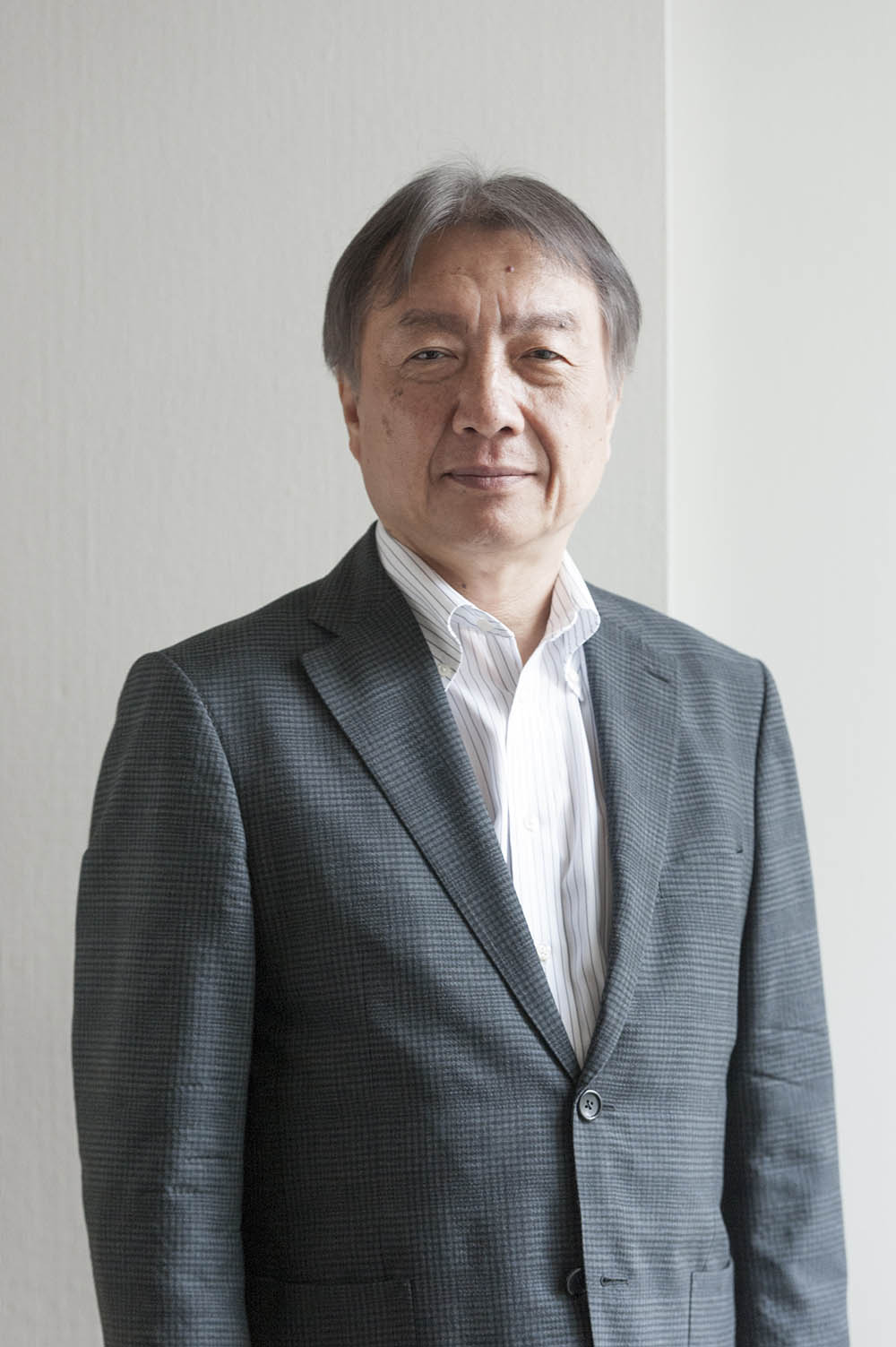
“Twelve years ago, the British Museum’s Shunga exhibition made a tremendous impact. Visitors were astonished by the emotional depth and playfulness of the Japanese people, overturning their perception of them as purely economic-driven. While I wanted to bring a similar exhibition to Japan, I faced significant challenges. In 2015, we finally held Japan’s first large-scale shunga exhibition at Eisei Bunko Museum in Tokyo, attracting 210,000 visitors in three months. Now, ten years later, a proper shunga exhibition is about to begin in Shinjuku Kabukicho. I hope it revitalizes Japan once again. Please join us.”
— Mitsuru Uragami, Uragami Sōkyūdō
Mitsuru Uragami grew up surrounded by antiques and was influenced by his father, Toshiro Uragami, a renowned collector and honorary director of the Hagi Uragami Museum. After training at Mayuyama Ryusendo, he established Uragami Sokyudo in 1979. He has organized numerous exhibitions and was the first Japanese art dealer to participate in the International Asia Art Fair in New York (1997–2008), where he also served on the vetting committee. In 2013, he co-founded Shunga in Japan LLP to support the British Museum’s shunga exhibition, and in 2015, he played a key role in realizing Japan’s first shunga exhibition at Eisei Bunko. Today, he is recognized as the world's leading collector of Hokusai Manga, both in terms of quality and volume.
http://www.uragami.co.jp/

葛飾北斎『万福和合神』/色摺半紙本.文政4年(1821)/浦上蒼穹堂蔵
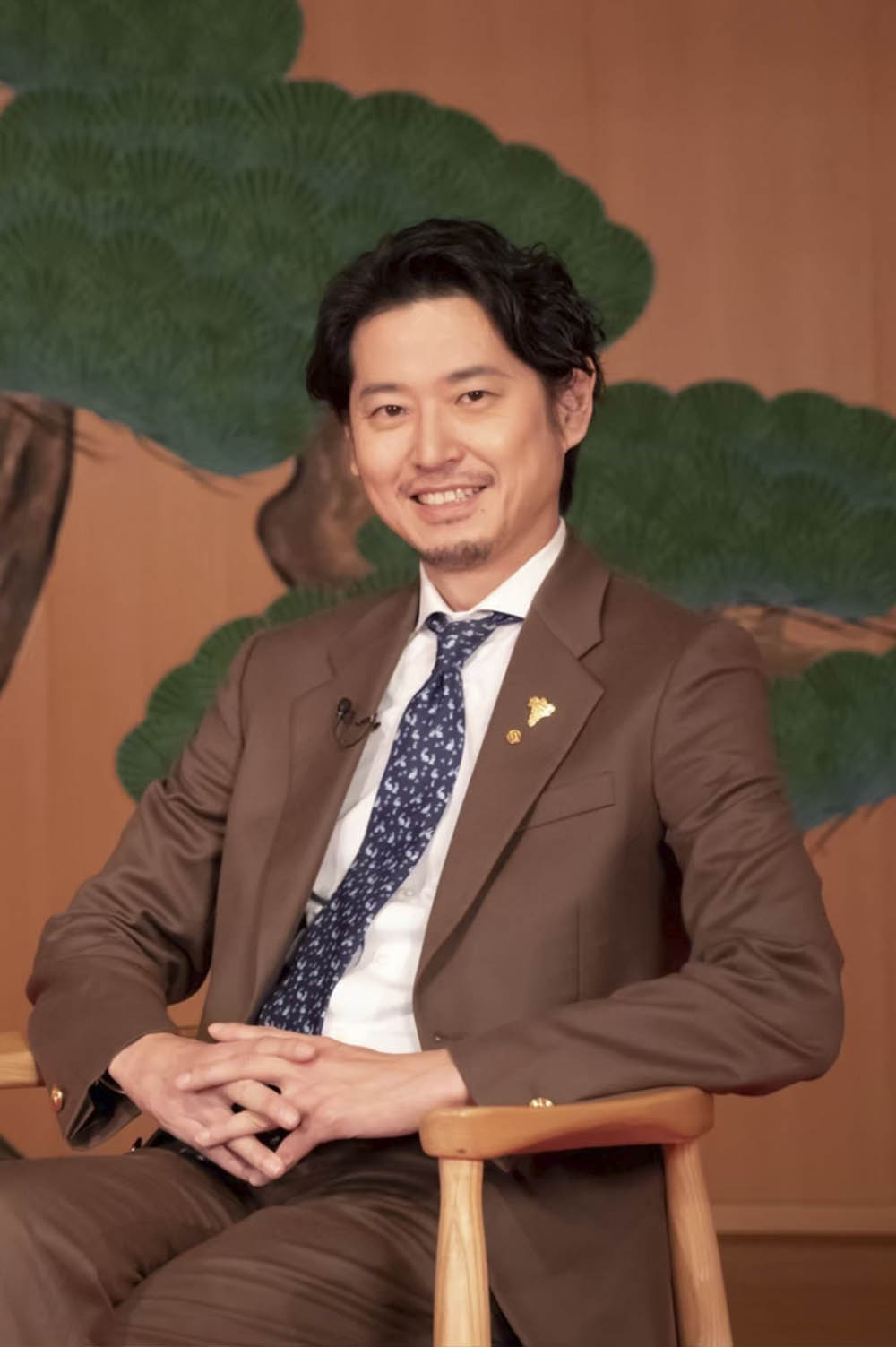
Smappa! Group is dedicated to creating joy and culture in Kabukicho through a diverse range of businesses, including host clubs, bookstores, restaurants, hair salons, art galleries, and even elder care services. Kabukicho, where we are based, was originally planned as a district to host Kabuki theater. Inspired by the strength of this city and the ambitions of those who came before us, we strive to make Kabukicho not just a place of fleeting pleasures, but a hub where Japanese culture can be created and nurtured. This is why we actively engage in cultural initiatives such as the "Host Tanka Gathering," the literary event "Cultural Host Club," and traditional Japanese dance performances.
Shunga, often referred to as "laughing pictures," was a form of entertainment in the Edo period, where people gathered and shared laughter over these works. I believe this was because these images captured the charm and absurdity of human nature. Kabukicho also welcomes anyone who drifts into the area without judgment; it is a place where countless lives intersect day and night, overflowing with raw, authentic humanity. In this way, Shunga and Kabukicho share a deep connection—they both embody the lovable aspects of being human.
We hope you enjoy this unique world of Shunga that can only be experienced in a place like Kabukicho.
Chairman of Smappa! Group, which operates over 20 establishments in Kabukicho, including host clubs, bars, restaurants, and beauty salons. Born in 1977 in Saitama Prefecture, he is the executive director of the Kabukicho Shopping District Promotion Association and a certified sommelier by the Japan Sommelier Association. Maki began working in Kabukicho in 1996, became a top-ranking host, and later became independent. He co-founded the volunteer group Yachou no Kai (Night Birds’ Society) to conduct nighttime street cleanups and serves as a board member of the NPO Green Bird. In 2017, he opened Kabukicho’s first bookstore, the Kabukicho Book Center, and in December 2018, he launched a care service business rooted in the spirit of hospitality developed through the service industry. His recent book is titled *Shinjuku Kabukicho* (Gentosha).

歌川派『豆判春画(チェック背景)』/豆判錦絵/江戸時代後期/浦上蒼穹堂蔵
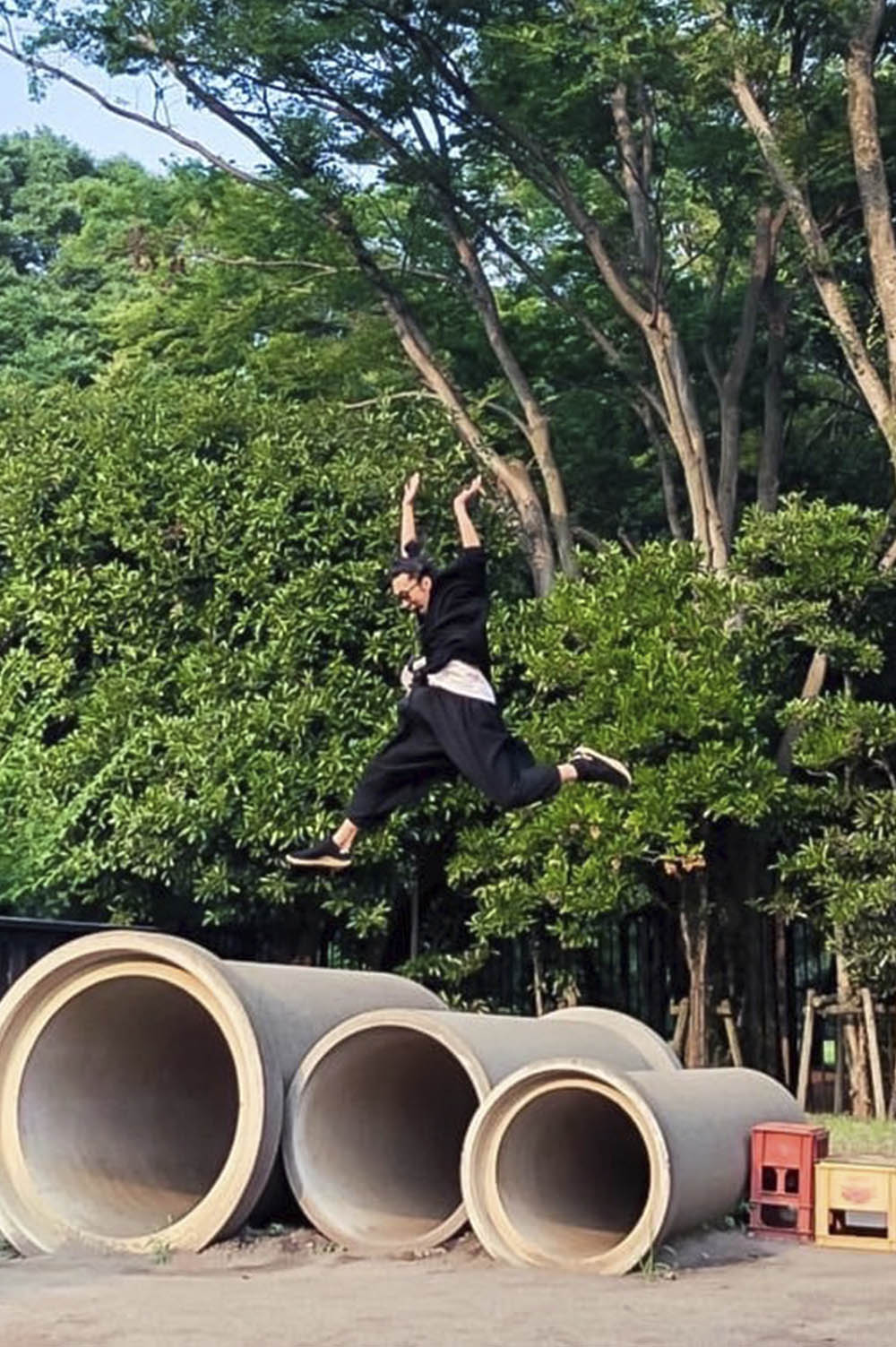
“Obscenity, when stripped of humanity, is nothing more than its objectification—whereas the reproductive organs and sexual desire themselves should be deemed sacred.” So said Gaiitsu Miyatake, a rebellious journalist from the Meiji era. Originally, Shunga was a culture enjoyed by people of all ages and genders who gathered in circles, laughed, and shared stories filled with refined humor and human drama. The spirit of “the circle” and “laughter”—in other words, WA (和)—which was cultivated in Edo, can be expressed most naturally today in a place like Kabukicho, a city with a heightened sensitivity to desire and chaos, where diverse values intermingle.
Moreover, because Kabukicho is bustling with inbound visitors, it has the potential to become a real-world platform for a “circle of friends (WA!)” that transcends nationality, gender, and generations.
Yasutaka Hayashi is a member of Chim↑Pom from Smappa! Group, an artist collective formed in 2005. Based in Tokyo, he continues to work across multiple media, developing international projects and participating in exhibitions worldwide. In 2015, he received the top prize for Emerging Artist of the Year at the Prudential Eye Awards. In 2022, he held a retrospective at the Mori Art Museum. His works are part of the collections of renowned institutions such as the Guggenheim Museum and Centre Pompidou, among others.
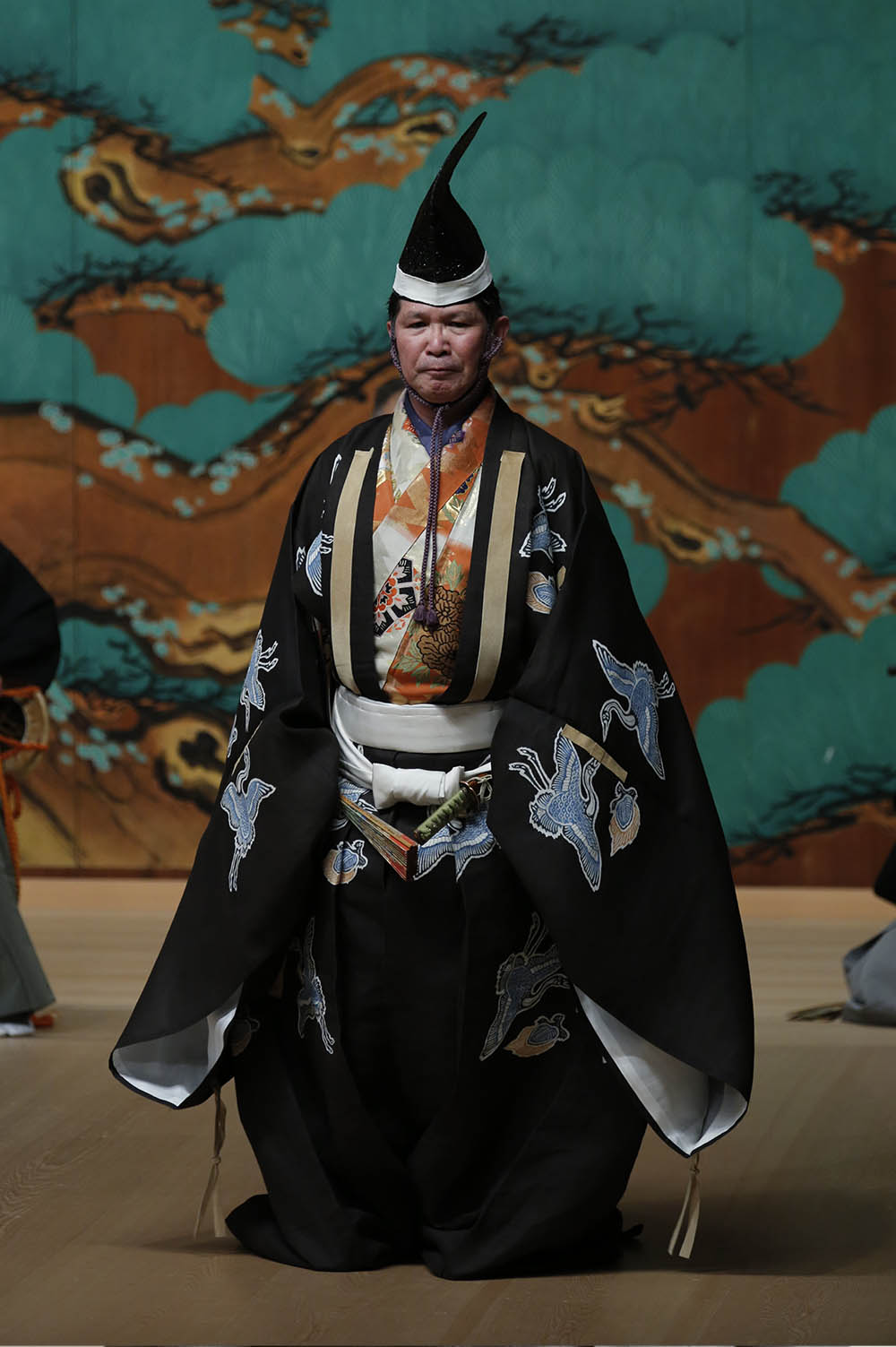
Eroticism in Japan was vibrant and unapologetically joyful.
The ancient god Izanagi once said to the goddess Izanami,
"How about I use my protruding part to plug your open part and create a child?"
To which the goddess cheerfully replied, "Sounds good!"—and just like that, they coupled and brought life into the world.
There was a time when the sun goddess hid herself away, plunging the world into darkness. Chaos erupted. Even the evil gods, who had remained silent until then, began to stir.
In the midst of that gloom, the goddess Ame-no-Uzume appeared. She boldly exposed her breasts, accentuated her genitals, and danced atop an overturned tub, stomping her feet in rhythm. The gods watching her burst into laughter.
The Japanese word warau (to laugh) traces its roots to waru—to break open.
When the world becomes heavy, stagnant, and closed off, it is laughter—sparked by eroticism—that has the power to break things open.
Today, the world feels dark once again.
Which is exactly why we need shunga now.
And fittingly, this exhibition will take place on a Noh stage—one reminiscent of the sacred platform where Ame-no-Uzume once danced to summon back the sun.
Through this exhibition, I hope we can shake off the shadows of our time—and laugh a little, too.
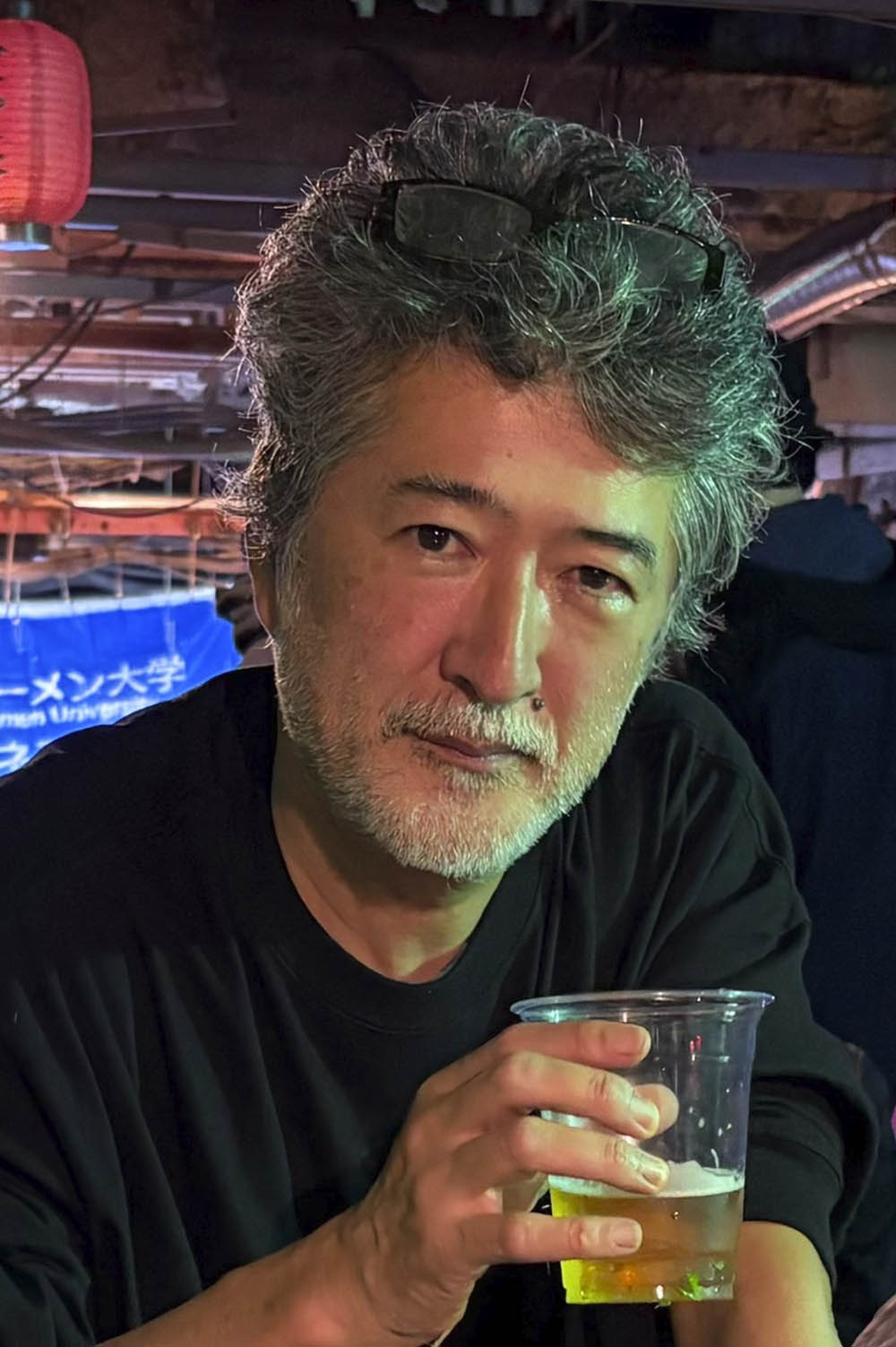
To put it bluntly, Japanese artists excelled in the genre of erotic art known as shunga. While there are countless examples of erotic paintings around the world, shunga somehow stands out. On the other hand, we weren’t so adept at expressing things like heavy solidity or grand historical narratives. I’d like to think together with everyone about what that might mean.
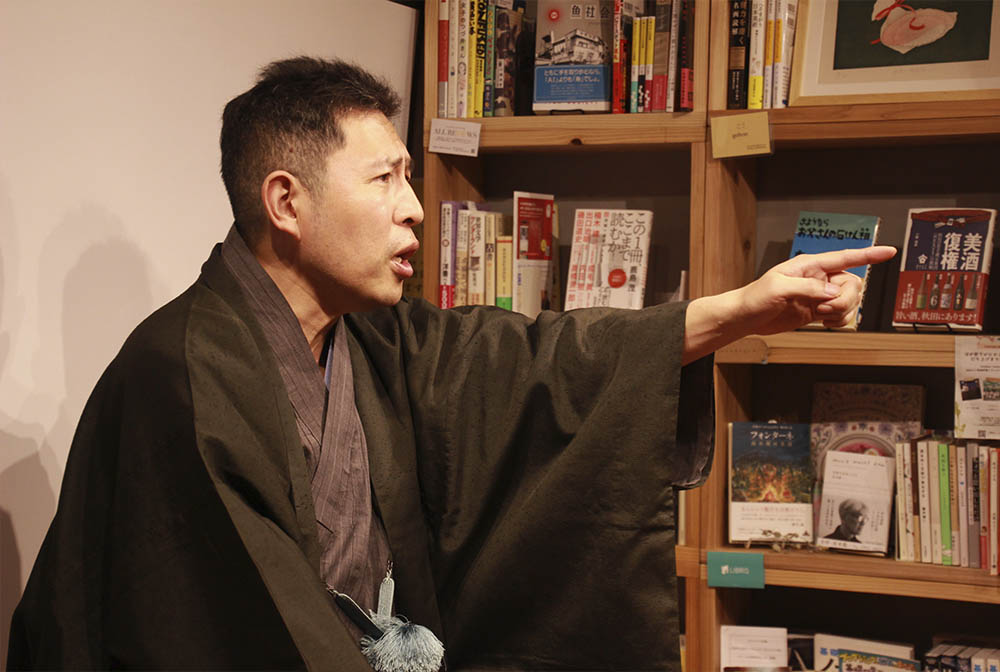
Common people in the Edo period had a great sense of humor and vividly enjoyed eroticism through their imagination. Shunga is a valuable resource that conveys this spirit. The unchanging foolishness of humanity makes me feel proud to be Japanese once again.

Eroticism is the very foundation of Japanese imagination!
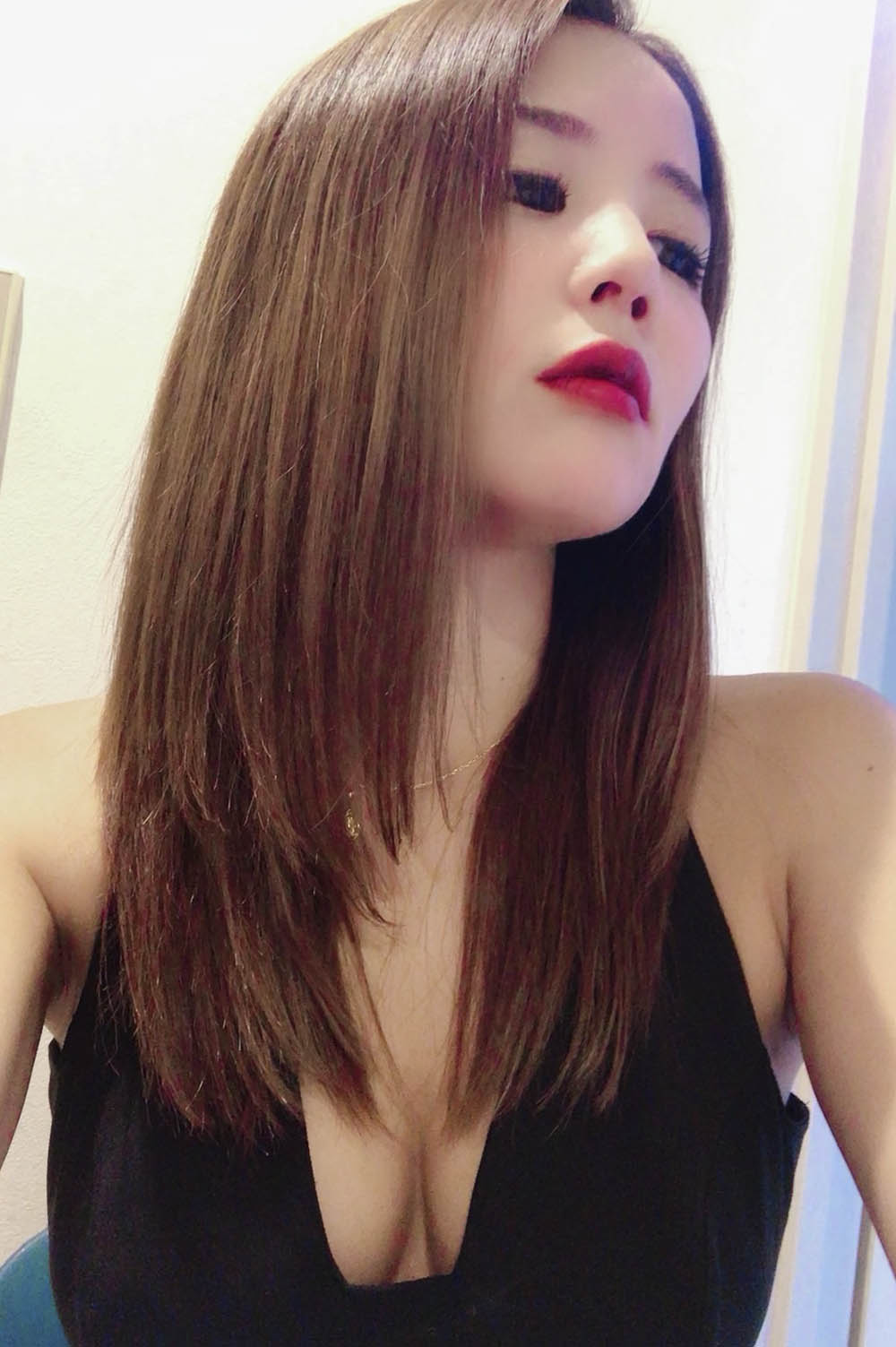
The charm of shunga—its eroticism, humor, and a touch of cuteness—resonates with the Japanese approach to erotic expression that has evolved over time. This includes everything from adult videos to the brilliantly humorous erotic shop signs that once filled Kabukicho. Although shunga has long been devalued domestically as obscene, we can now appreciate its charm in a corner of Kabukicho. So let’s set aside heavy theories and overthinking—and simply enjoy it!

It is said that the exaggerated expressions in shunga evoke laughter. This may be true when viewed alone or with close friends. But what happens when people who share genuine feelings gaze at it side by side? Might not desire and affection—not just laughter—begin to fill the space? I look forward to Smappa!Group’s uniquely envisioned second venue—a space of darkness and glitter, where men and women engage in dialogues that blur the line between reality and illusion. I strongly anticipate that it will reveal a new charm in shunga.
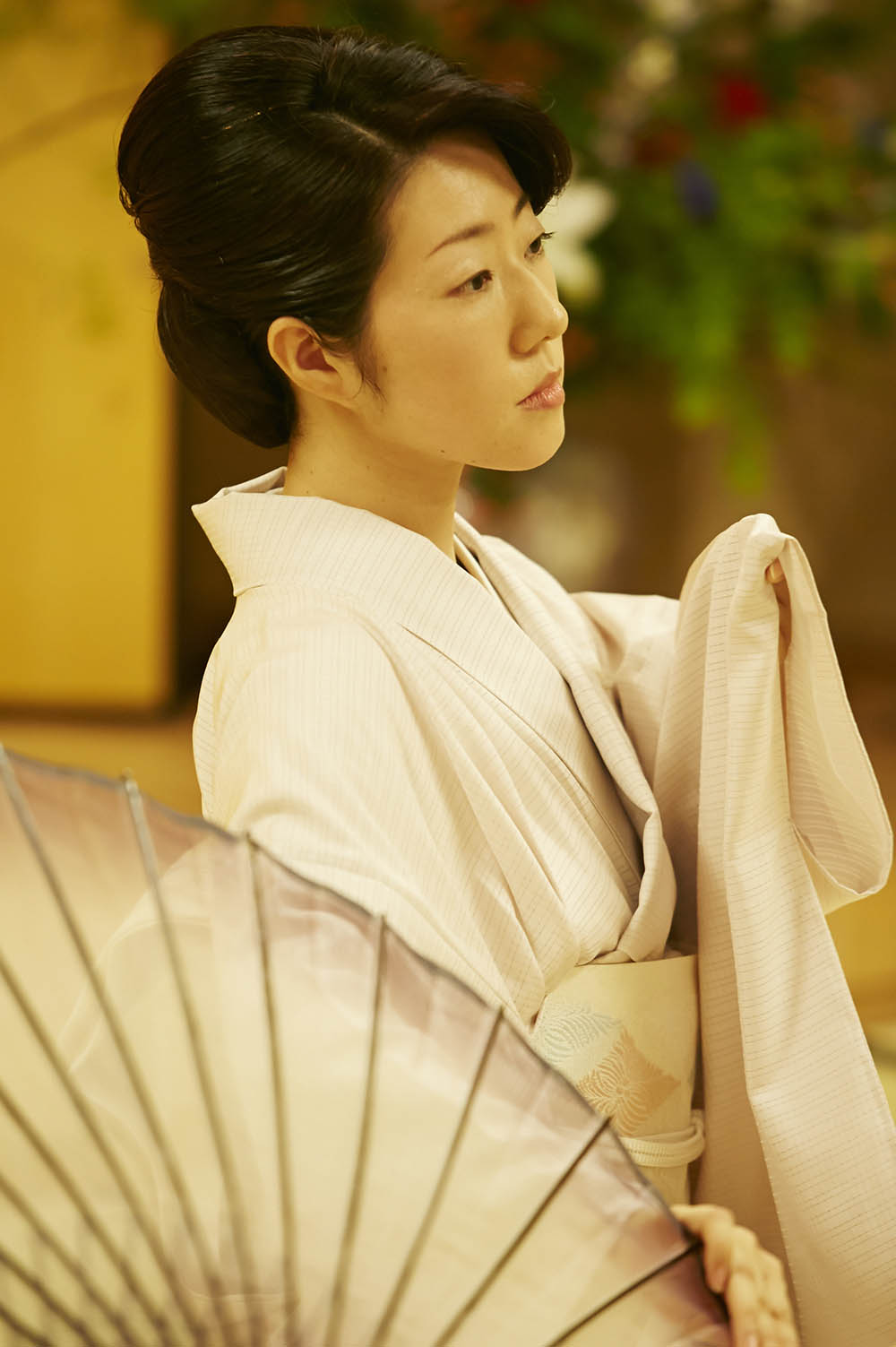
Kabukichō was once intended to host actual kabuki theater. Now, in this symbolic place of performing arts, we are invited to witness the refined world of shunga—an ultimate form of ukiyo-e. I am truly excited by this joyful fusion of Japanese culture.
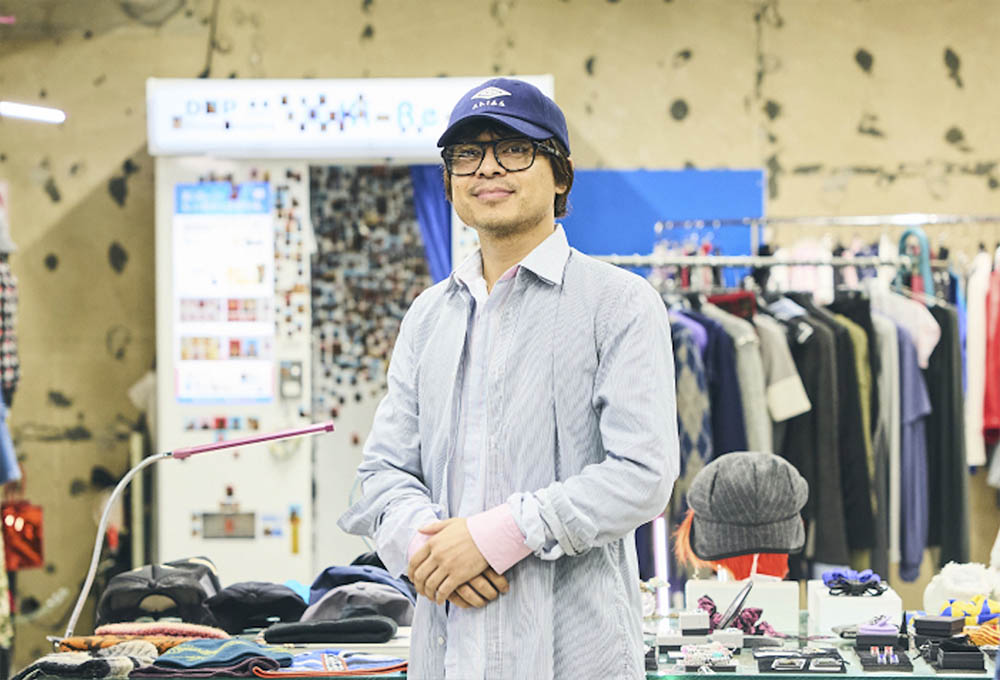
Back in high school, one of my most vivid memories was when our social studies teacher suddenly exclaimed during class: “Listen, kids. Don’t watch pornographic videos. Read erotic books instead. It’s erotic books that nourish your imagination.” Mr. Tadokoro, it seems I’ve finally reached the pinnacle of imagination inspired by the Edo period.
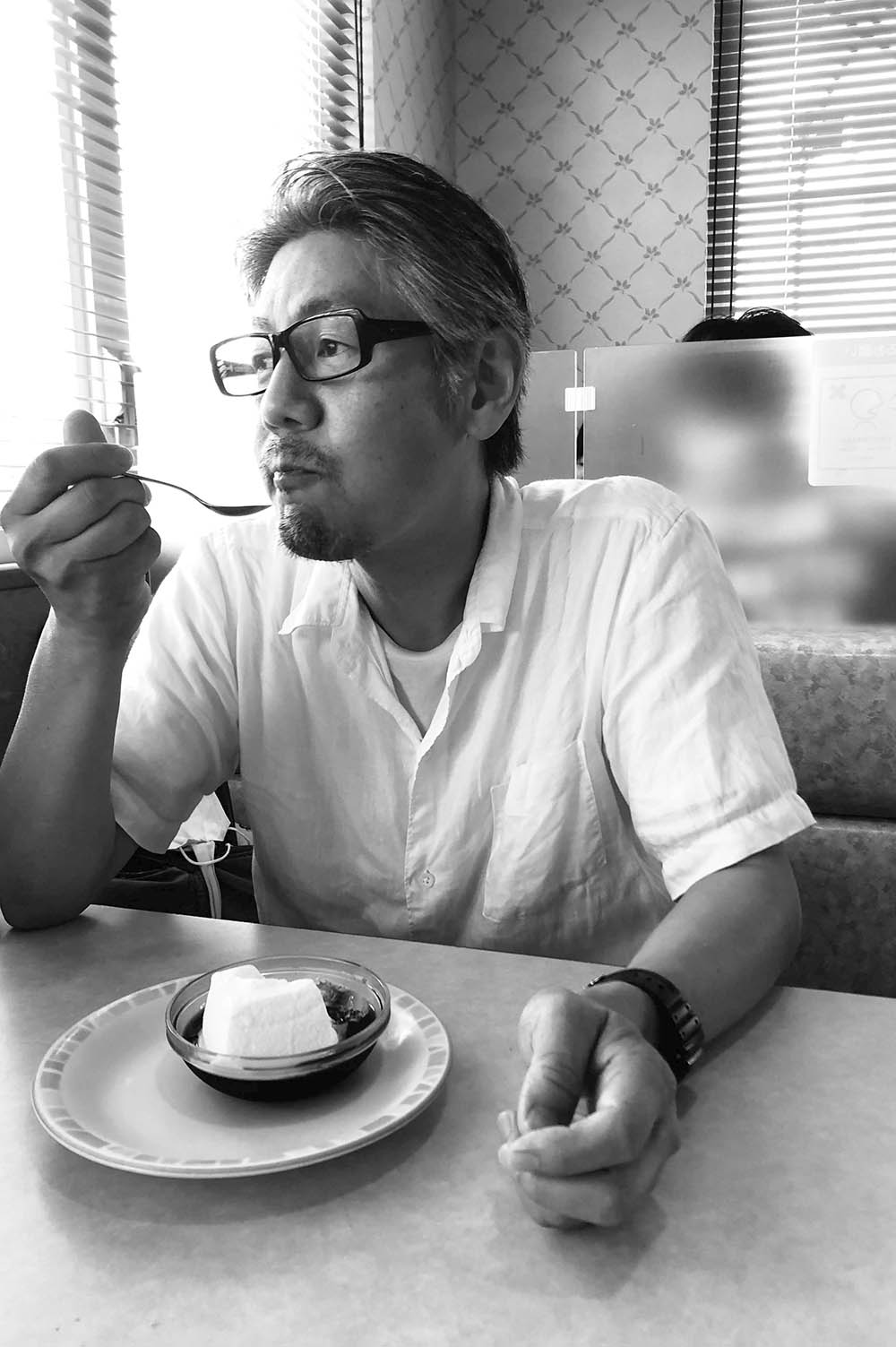
Q: What is the significance of holding a Shunga exhibition at the Noh Stage in Shinjuku Kabukicho in 2025? (300–400 characters)
A: Holding a Shunga exhibition at the Noh Stage in Shinjuku Kabukicho in 2025 embodies the spirit of "Beautiful Foolishness" (BF Index). By placing Shunga, once considered taboo, on the solemn Noh stage, the exhibition boldly challenges expressive boundaries and questions social norms and institutional frameworks. Kabukicho, a space representative of chaos and desire, adds depth to this event. Shunga’s anonymous character, along with its blend of sensuality and humor, reveals values beyond capitalist efficiency and consumption. As the Global BF Index Promotion Committee, we fully support this significant milestone in reclaiming and expanding beautiful foolishness.
Comment: Just as generative AI predicted—perfectly said!
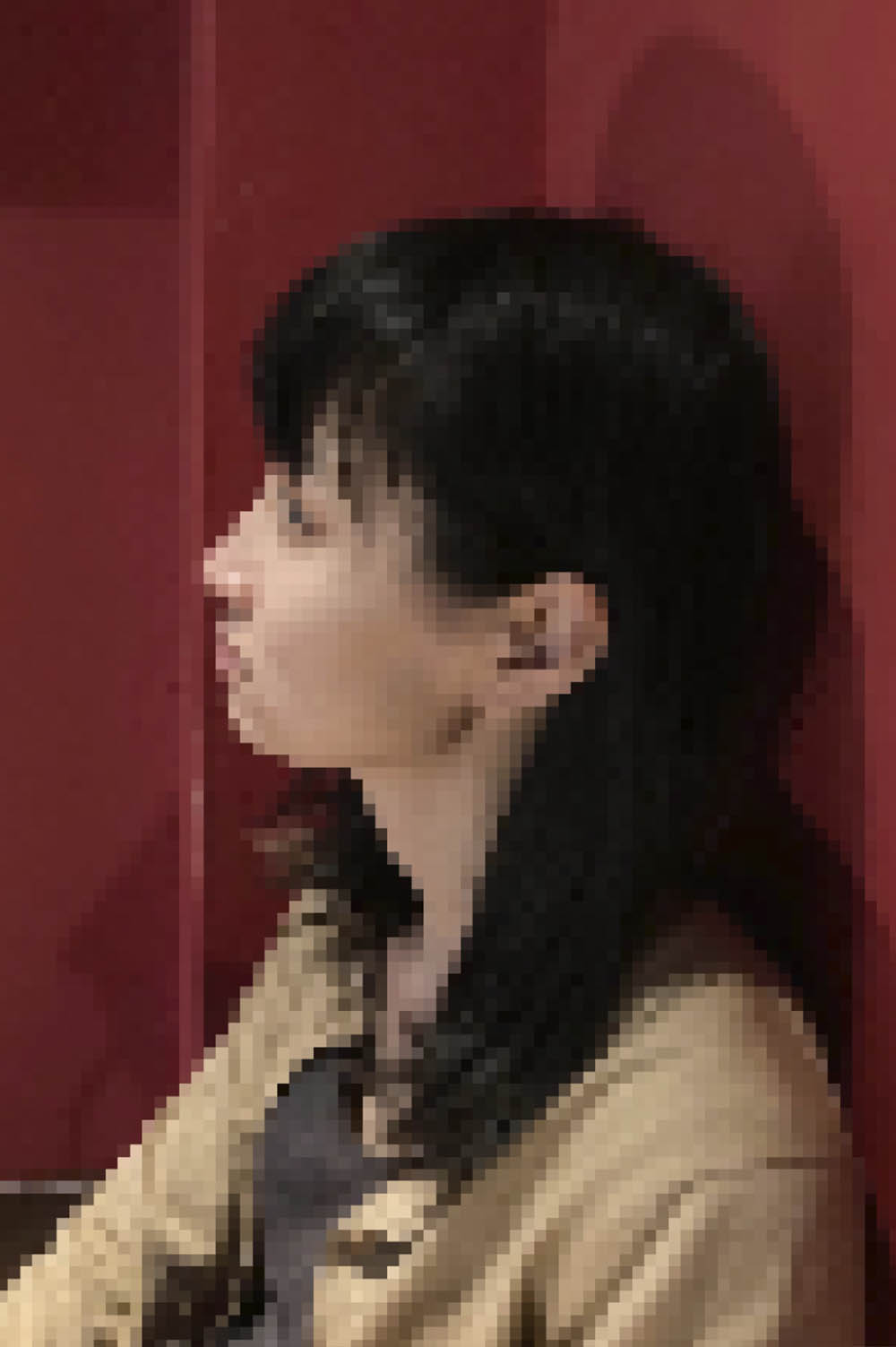
I used to perceive Shunga as merely "exciting erotic pictures," reflecting my biased preconception. However, upon exploring it further, I was amazed by the intricate techniques, poetic inscriptions, and layered storytelling that revealed a much richer world than I had imagined. The realization that Shunga was not only for a select few but enjoyed by everyone captivated me even more. I’m thrilled that today, in Kabukicho, we can once again connect with the laughter, awe, and sensations shared by people of the past.
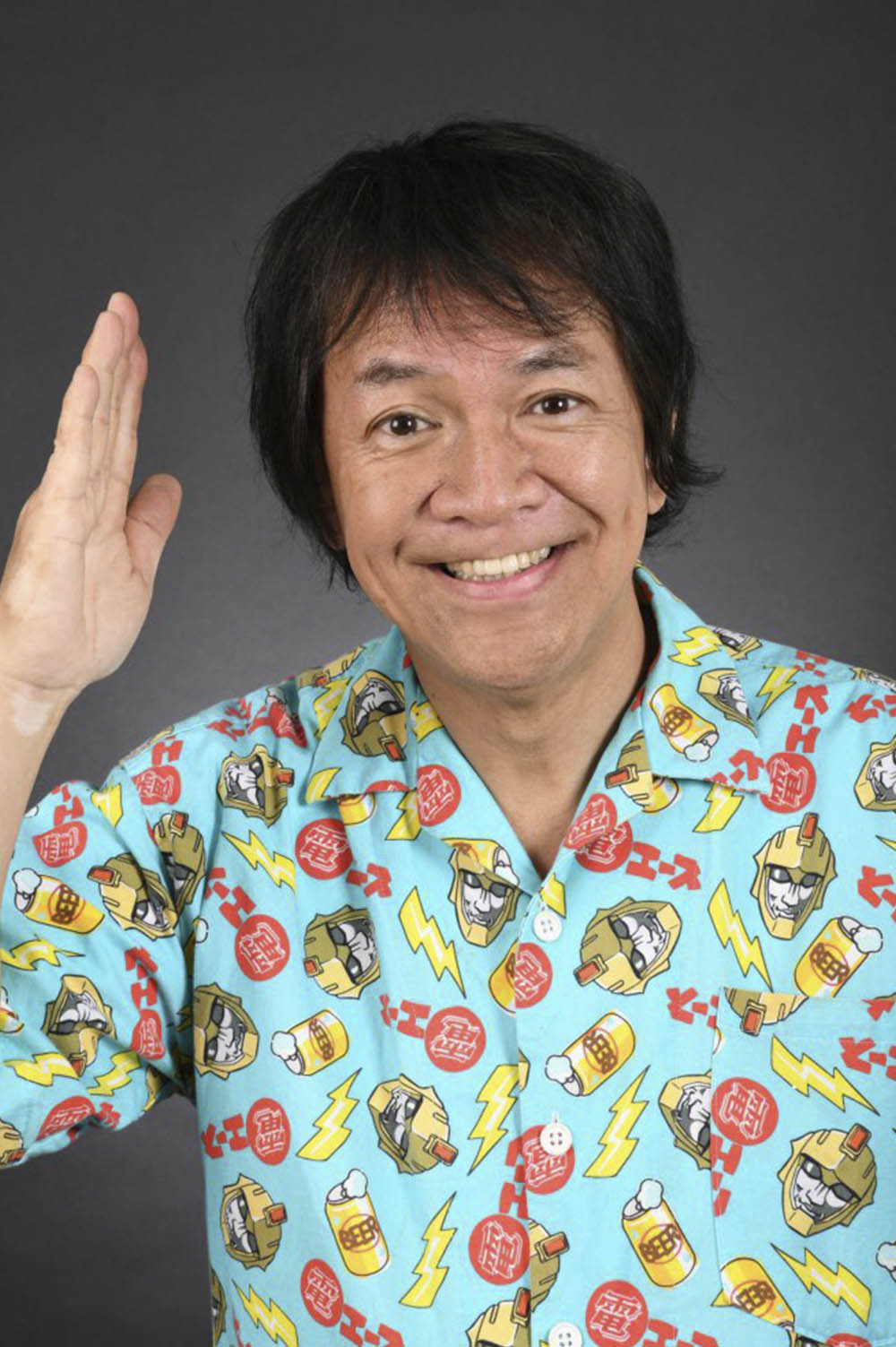
Shunga—especially Hokusai’s "The Dream of the Fisherman’s Wife" and Kunitora's exaggerated phallic characters—sparks the imagination of a monster-loving filmmaker like me. Eroticism is an inexhaustible aspect of life. To view Shunga is to experience the joy of being alive.
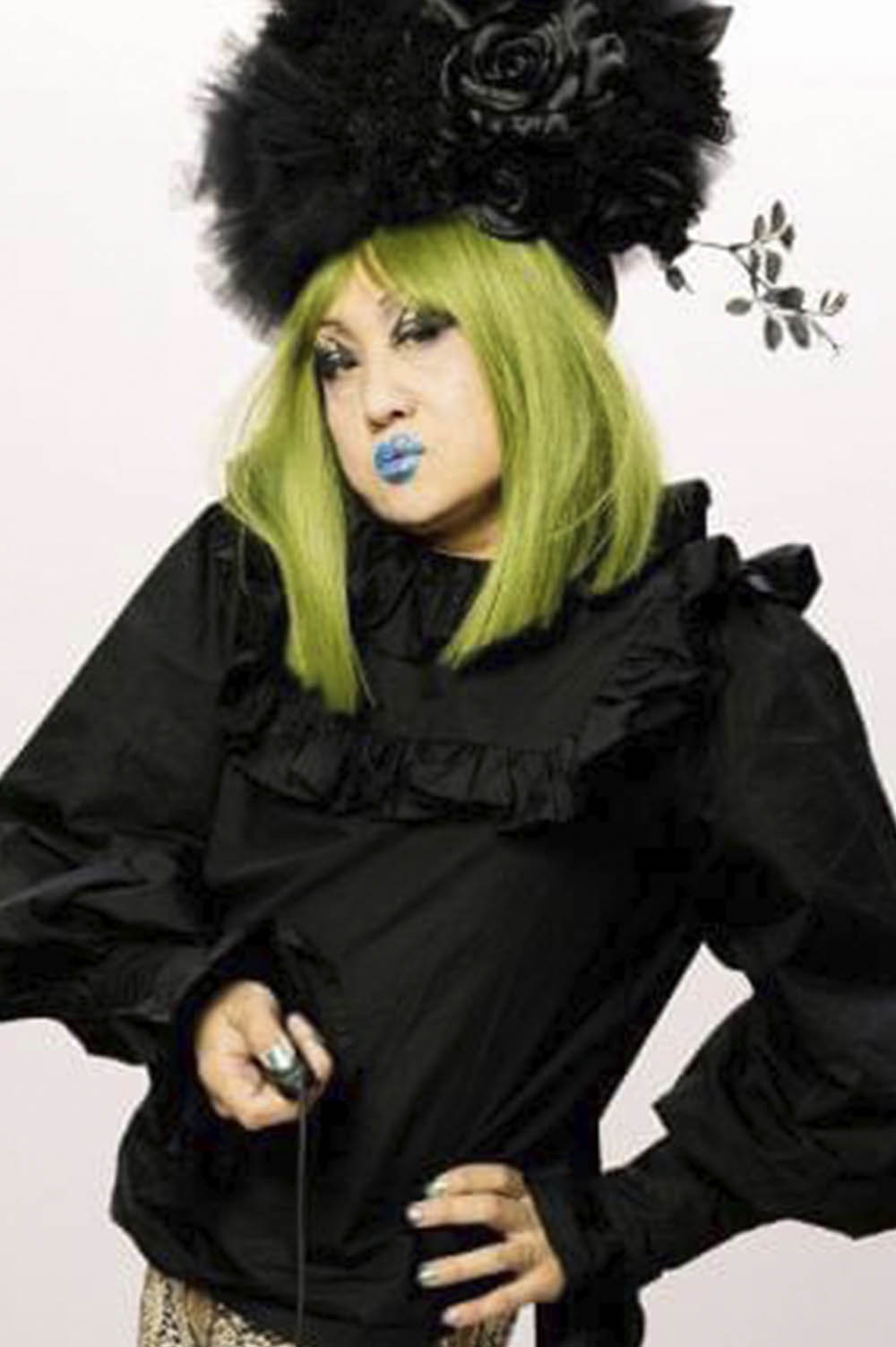
To engage seriously, act boldly with subtlety, and remain stylishly irreverent—that’s everything. It’s not about fame, rewards, self-fulfillment, approval, or numerical validation. It’s about elegance, wit, and grace. This attitude, now often overlooked in modern society, is something we must reclaim. It wasn't the Meiji era that erased Shunga; it’s us today who continue to deny it. We need to recognize that.
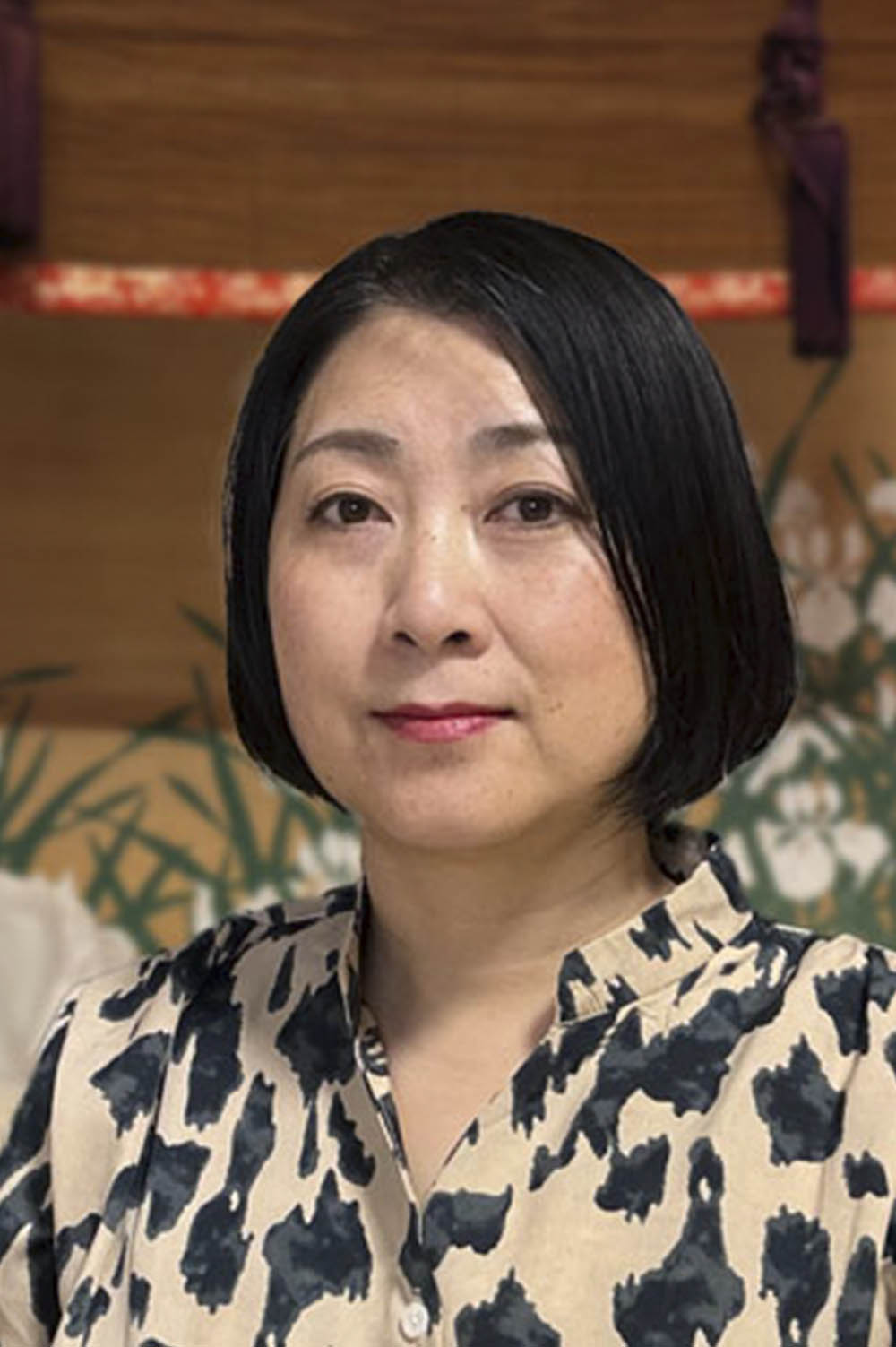
While Shunga is widely celebrated as a pinnacle of Japanese ukiyo-e art, it has long been seen as "obscene." From the postwar period up to the 2000s, genitals and even erotic words were censored in publications. Even now, some censorship persists in public exhibitions. Beyond Shunga, modern art still faces significant barriers to sexual expression. In this context, holding a Shunga exhibition in Kabukicho feels like "displaying things in their rightful place." I hope the venue becomes a space for open discussions about sexuality and life. And secretly… I dream of joining a beginner-friendly host club tour. Anyone care to join me?
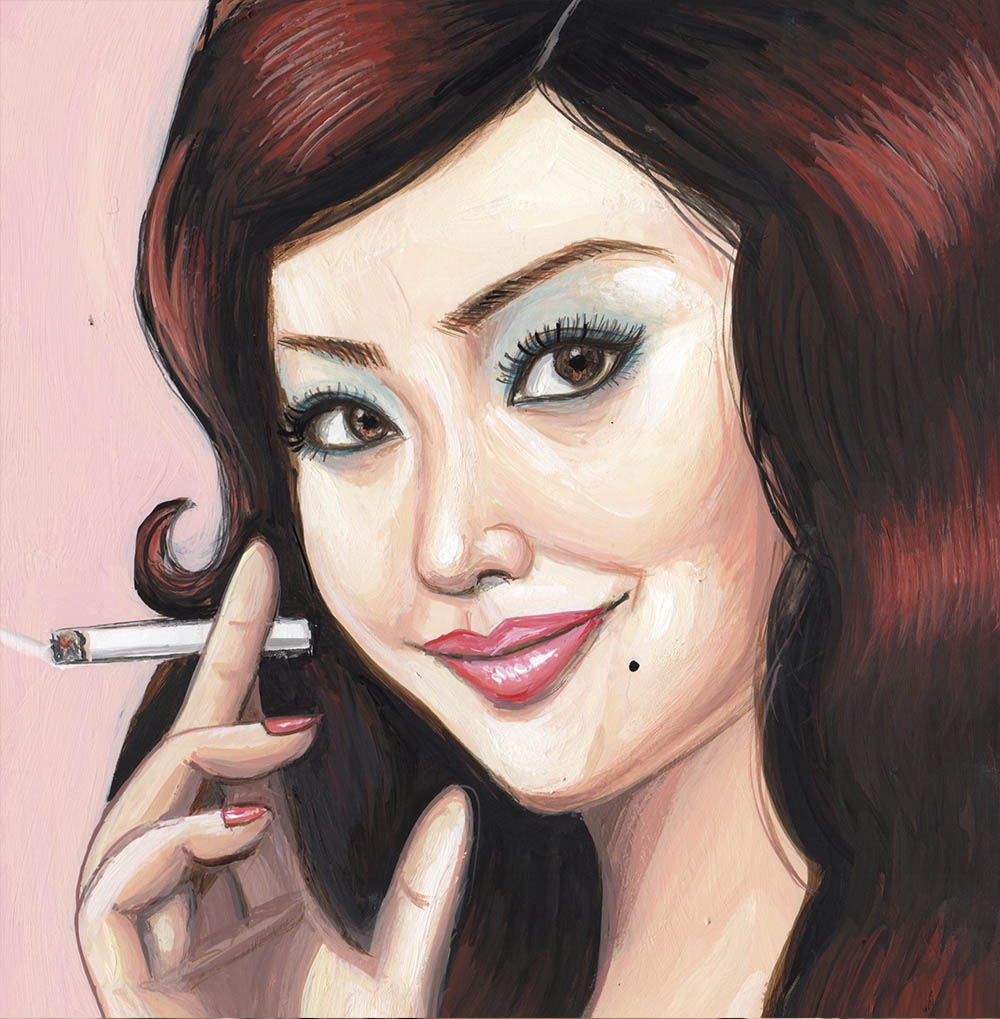
My early encounters with sex—such as graffiti in public toilets and dirty magazines left by the riverbank—were grotesque and frightening. Just before adulthood, I discovered Shunga. In that world, men, women, and even beasts and yokai celebrated sexuality together. Even the vividly rendered genitals felt humorous rather than scary. The pure lines, beautiful compositions, and radiant colors of intertwined bodies overflowed with joy—completely free of shame. Shunga taught me that "sex" can be delightful and amusing. As someone once burdened with guilt and discomfort about being female, I felt liberated. To enjoy such an ancient treasure as Shunga in Kabukicho—the sacred pleasure district—is pure bliss. I want to savor it to the fullest.
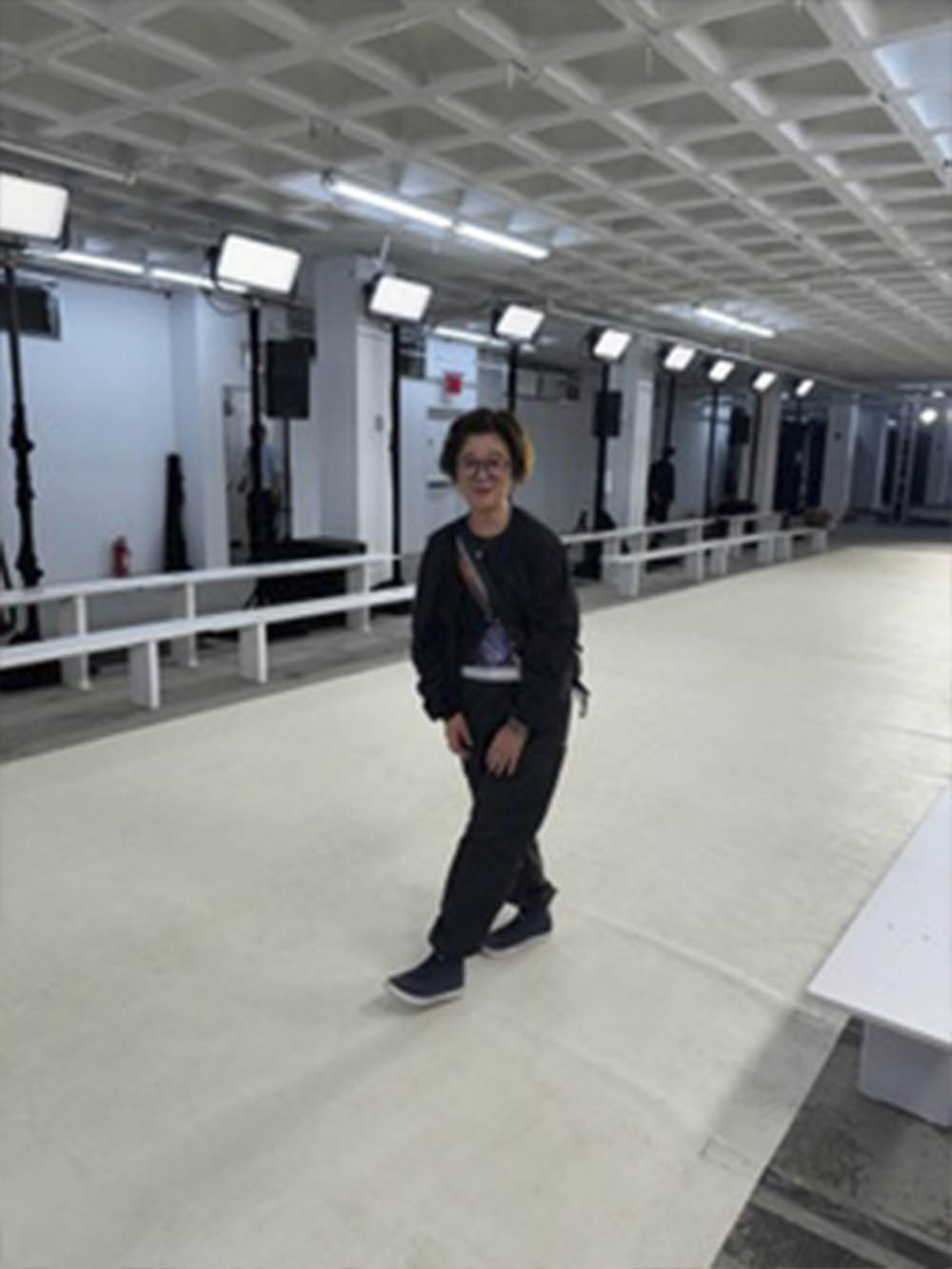
For many years, I have enjoyed viewing contemporary art, both in Japan and abroad, with my children. After living overseas and returning to Japan, I am reminded of how important Kabukicho is as a hub of modern Japanese culture. At the same time, I find myself, as a mother, deeply interested in how the young people living here today lead their lives.
I’ve heard that shunga was a form of visual entertainment enjoyed by the townspeople of Edo, offering them various pleasures and laughter. As a mother and a person living in the present, I can’t help but reflect on the mental and physical state of people back then, as well as the social context they lived in.
I hope this shunga exhibition will provide an opportunity for both men and women today to reflect on their own hearts and bodies. It would be wonderful if it could also become a space for all generations, especially the younger ones, to discuss: “What can we do?” Through its vibrant sensuality, playful spirit, and surprising twists, shunga allows us to see “human beings who lived in their time,” transcending mere pleasure. With that perspective, I would like to use this exhibition as a way to examine how we live today as human beings.

To laugh warmly, to feel a little embarrassed, and to share in the experience of being alive, here and now. Perhaps that sense of solidarity and warmth is what is needed in Kabukicho — and in Japan — today.
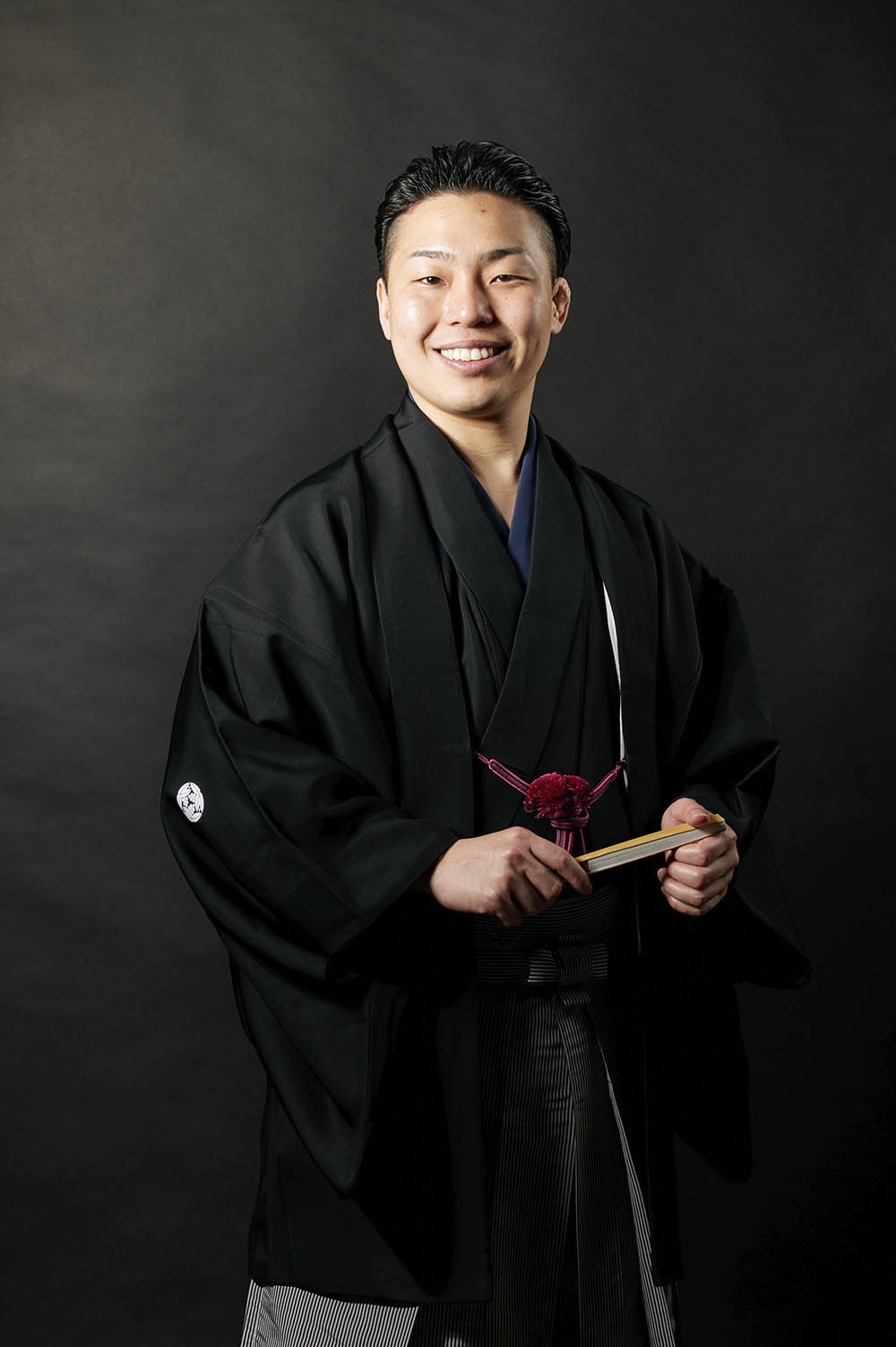
For us rakugo performers, shunga is something familiar. Whether it’s the fabric of our under-kimonos, the lining of our haori coats, or the illustrations in books of bawdy stories, we encounter it more often than the average person.
Is shunga art or seduction? Is it a comic or a curiosity from ukiyo-e? It is not a direct reflection of life, but rather a world of exaggeration. When I consider why shunga came into being, whether by chance or necessity. I can't help but wonder. Because of its content, the Edo shogunate attempted to suppress it. Yet, centuries later, it can now be seen live in Kabukicho, the city of desire — how fascinating!
These passionate activities, where various feelings and bodies overlap, excite me. I sincerely wish for the success of this exhibition.
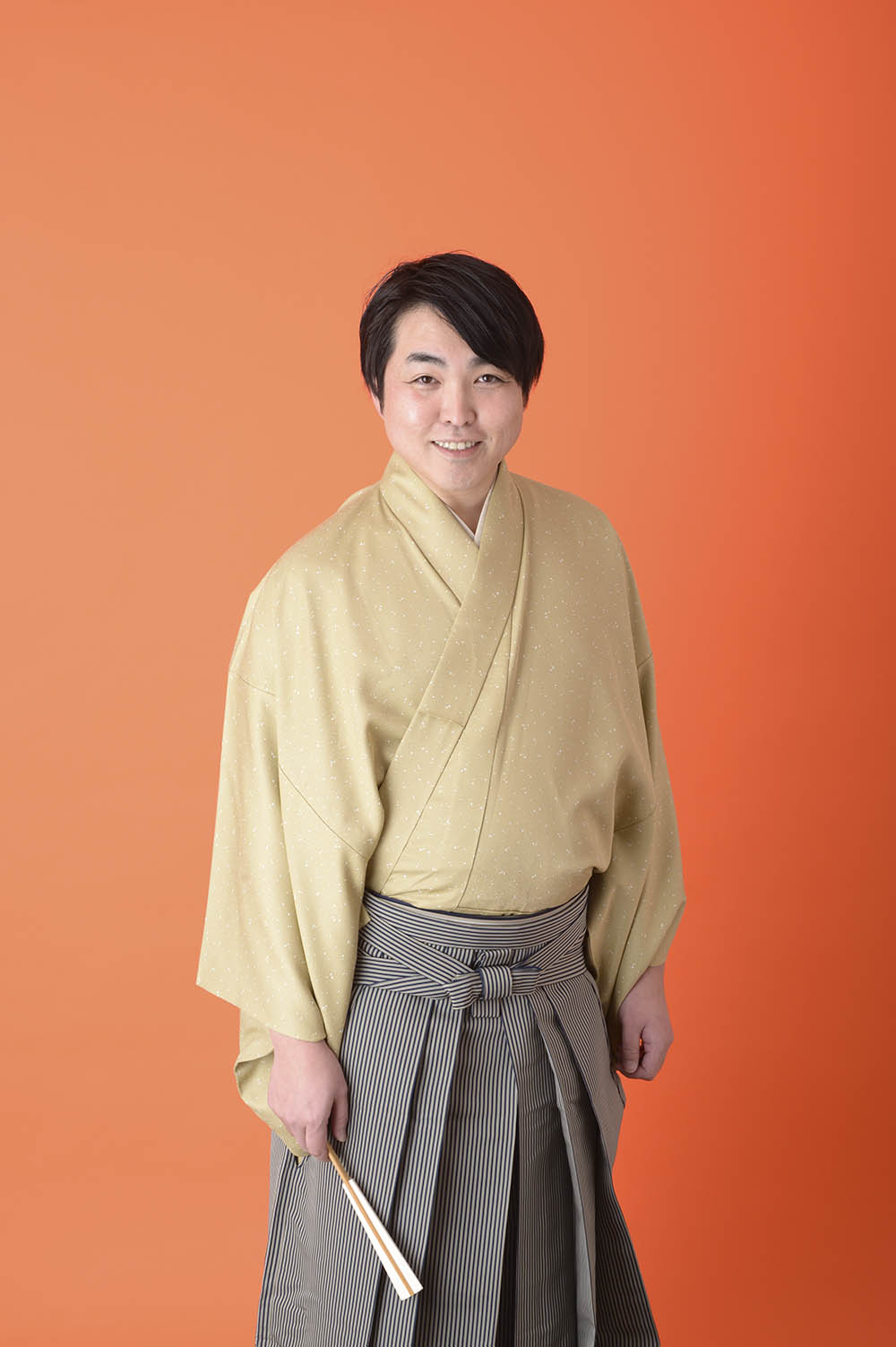
We live in an era where eroticism is easily accessible.
However, easily obtained eroticism often lacks laughter.
It is in the eroticism that remains just out of reach, the imagination that chases after it...that laughter is born.
Through the eroticism and humor depicted in shunga, I reflect on the imagination of the good old Japanese people.
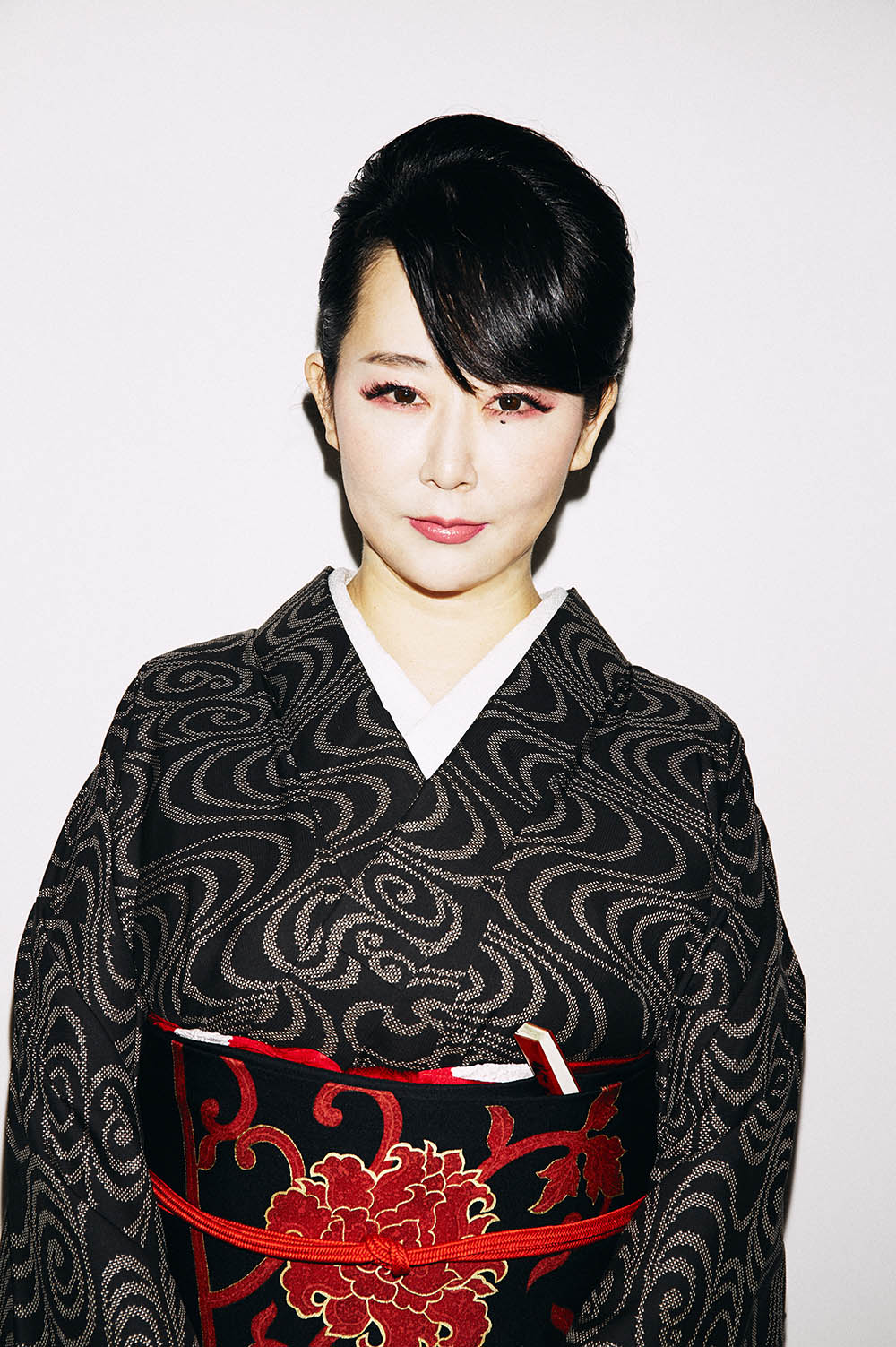
When I view ukiyo-e, I often sense the origins of Japanese manga. Examining shunga is not merely about observing historical sexual expressions; it offers a valuable opportunity to understand the lives, values, and artistry of people in the Edo period. I genuinely hope that young people will appreciate this!
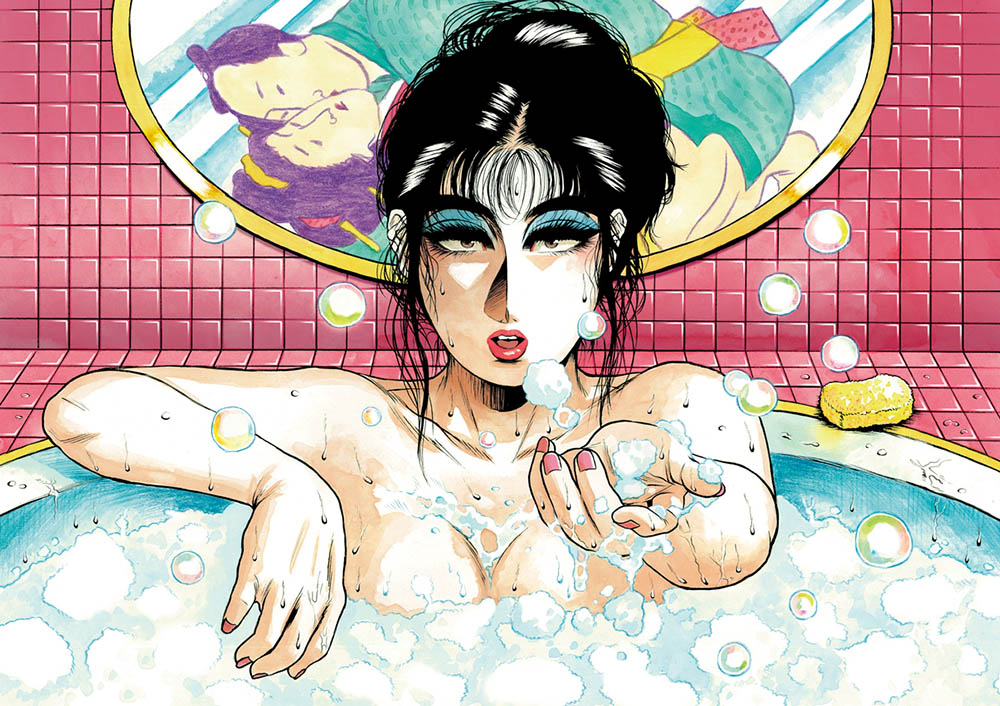
The first time I encountered shunga was not in a museum or gallery but in a room of a love hotel. The piece had a unique presence as part of the interior decor—glossy yet somehow humorous—and it left a strong impression on me. The venue for this exhibition is right in the heart of Kabukichō, surrounded by love hotels. There could hardly be a more fitting stage to savor the playful spirit and lively expressions of shunga.
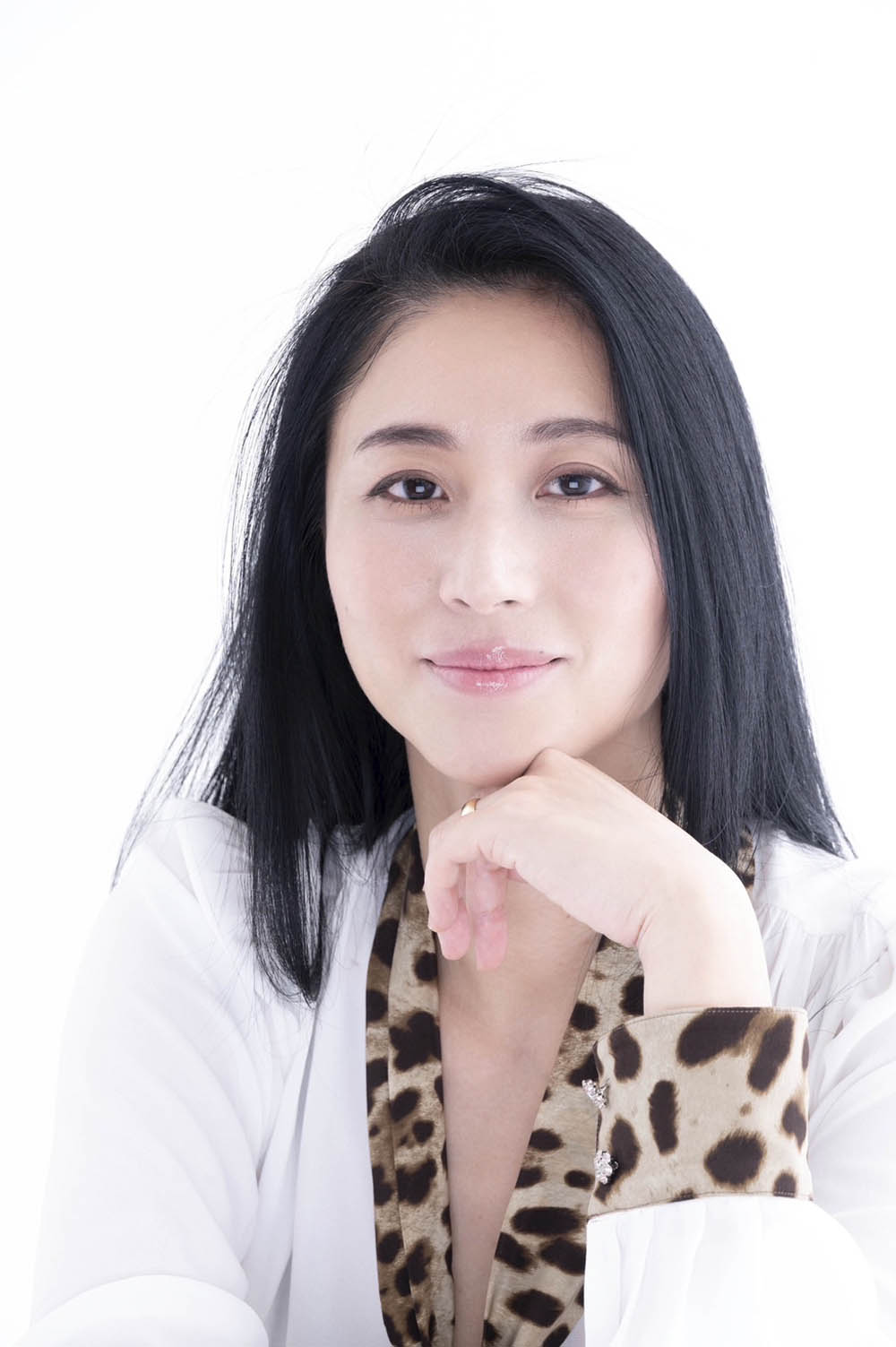
To live joyfully in a world that is often considered uninteresting, it is best to appreciate the laughter and absurdity at the core of humanity and to feel life bursting forth. I believe that Japanese people were especially skilled in that art to begin with. These days, it seems people prefer to live neatly and cleanly, but isn’t minimalism only meaningful when there’s a touch of vulgarity? Doesn’t stillness arise from movement? That’s what I’ve been thinking lately. I look forward to an exhibition of shunga that inspires laughter.
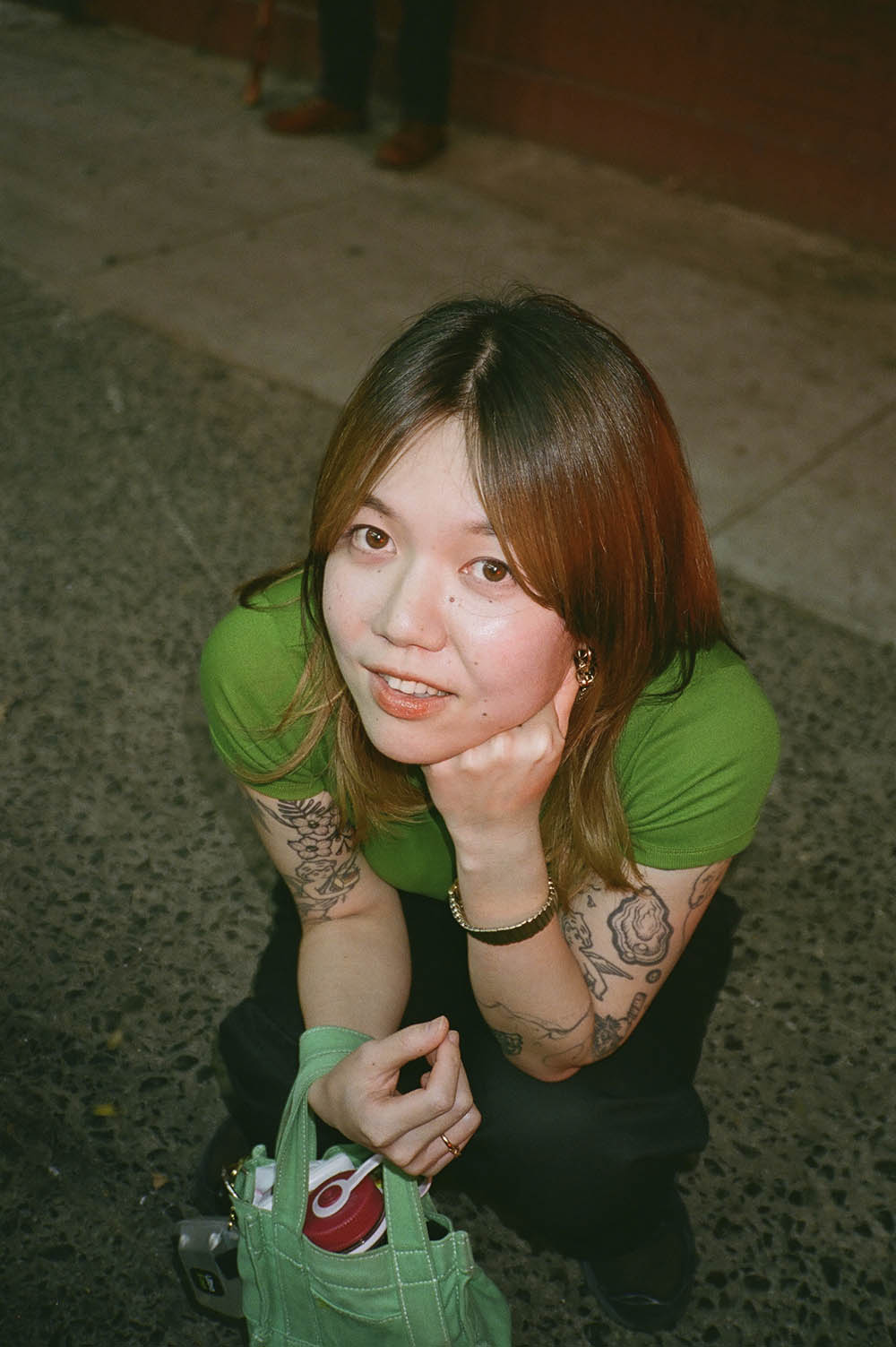
Shunga gently reminds us of the diversity of sexuality as a joy of living, often hidden behind shame and taboo! Enjoy sex, be kinder, and create a society where we respect one another. Wishing happy sex for all humanity! (^O^)
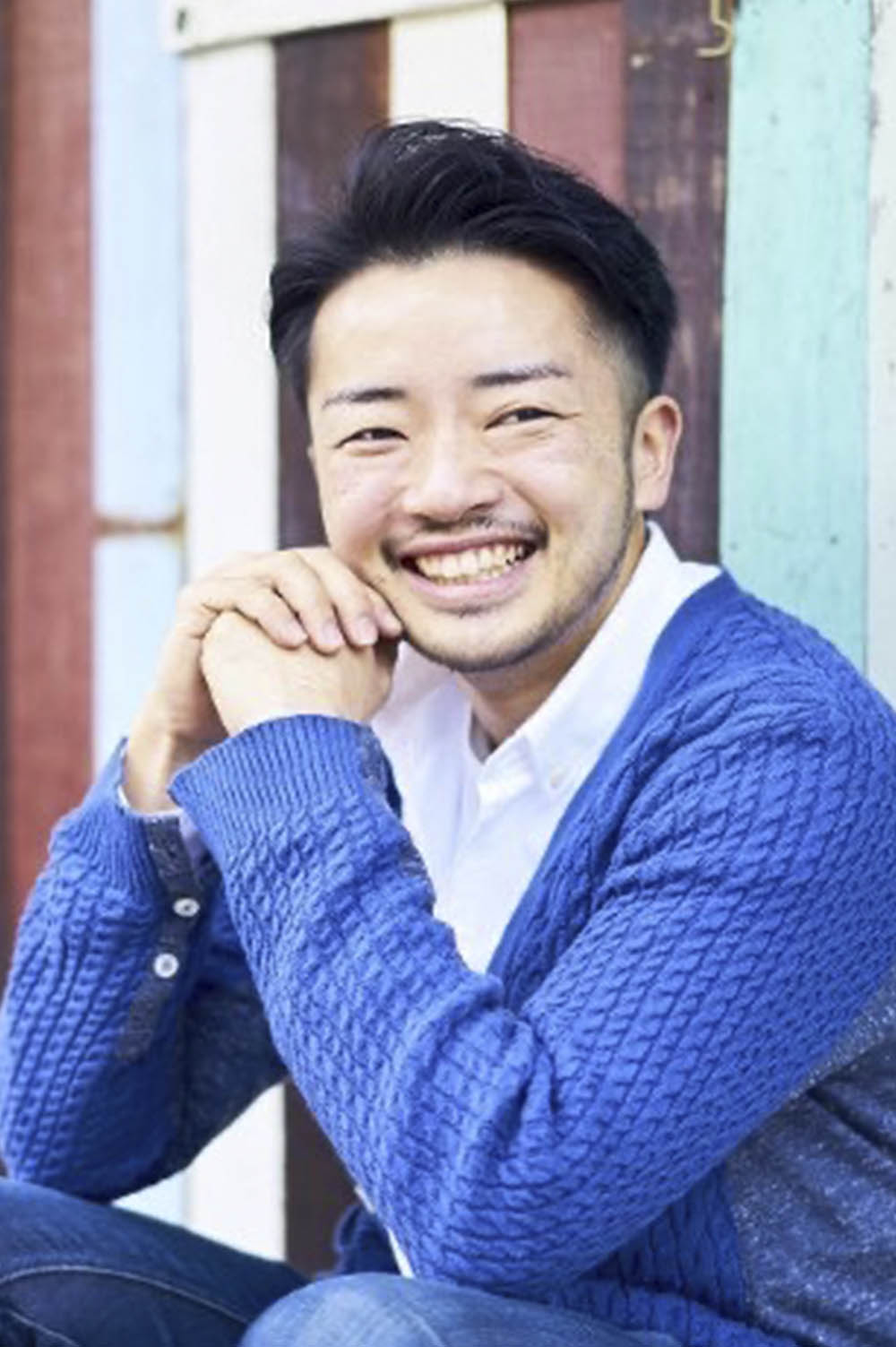
Shunga is Japan’s proud traditional culture that depicts sex and life with humor and sometimes provocation. It is a shame that it has been treated as a “taboo” for so long! At its core, shunga was meant to portray sex more freely, with satire and laughter, embracing the full diversity of human existence. As someone born and raised in Kabukicho who loves the openness and diversity of this neighborhood, and as someone who has engaged with issues of “sex” and “life” through LGBTQ+ activism, I am truly looking forward to this exhibition filled with freedom, humor, and diversity!
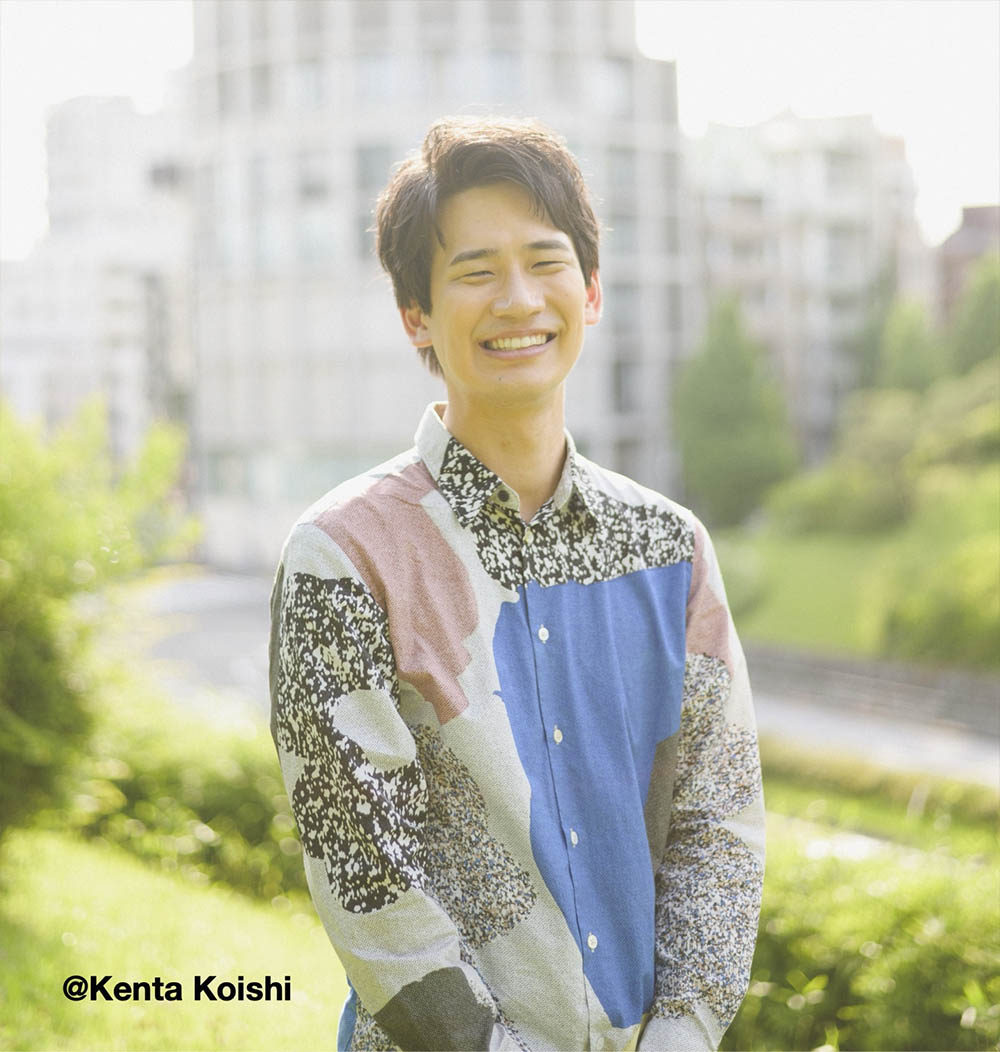
The Edo period marked the dawn of commercial publishing. It wasn’t just the ruling class that read; even farmers and village leaders began to consume literature. In other words, everyone started reading the same books, accessing the same information, and developing similar thoughts. This may mark the origin of our modern condition, where people read the same content online and express the same opinions on social media.
Reflecting on publishing and reading during the Edo period compels us to confront the challenges of information in our current time. Shunga—vulgar yet artistic, oscillating between regulation and freedom—mirrors this dynamic. It poses a historical question while also presenting an opportunity for us to engage with it as both an artistic and ethical experience. This is closely related to how we view Kabukicho and the sex industry. To observe, to experience, to reflect, and to debate—this entire process is a powerful act of critique, regardless of one's stance. In any case, I urge you to see it first!
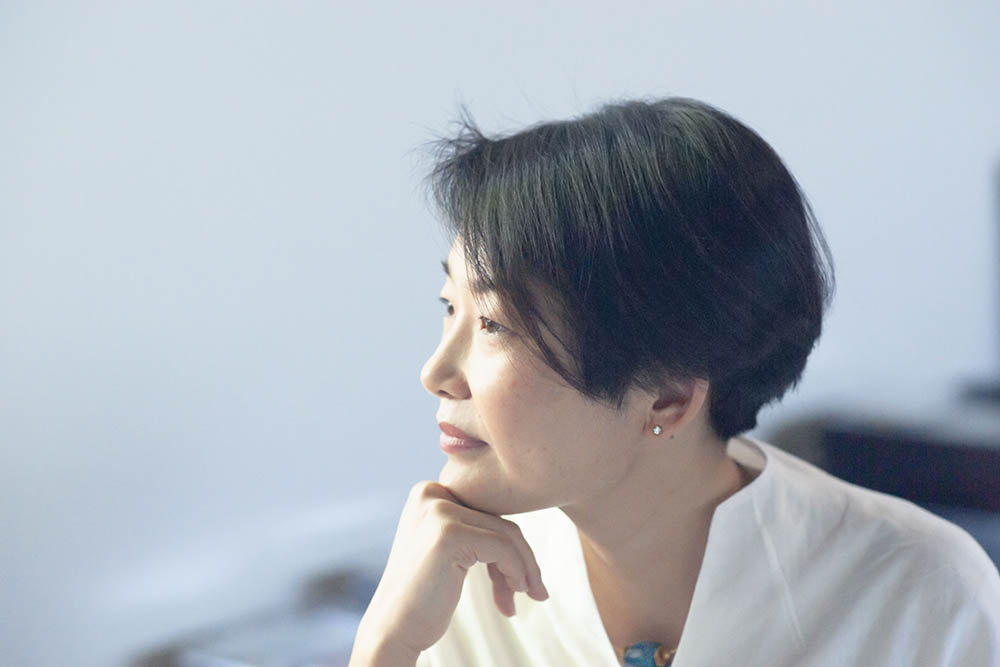
Harunobu, Utamaro, Hokusai, and Kuniyoshi all created shunga. You cannot discuss the imagery of Edo without considering shunga, which existed in both a negative and positive relationship with ukiyo-e.
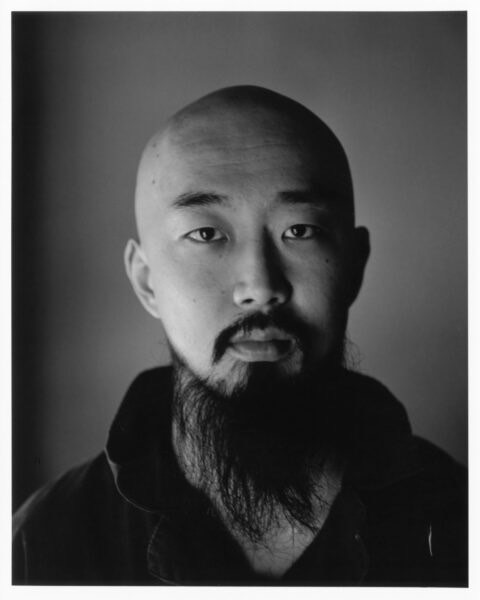
I don’t know much about shunga, but I understand it as something filled with drawings of things like pen●ses. While it’s widely accepted that pen●ses and the like are inherently comical and absurd, we now live in a society so obsessed with purity that I’m genuinely concerned they’re on the verge of being suppressed, excluded, or erased. I have no desire to live in a world where pen●ses are resented and become objects of hatred. Let’s enjoy this foolish, indecent, joyfully vulgar world of pen●ses.
(You might ask: “Why only mention male genitalia and not female?” It could be said that I’m a man, and I’m referring to what I possess. But the truth isn’t that simple. Which means, the shunga exhibition might even offer a new perspective on gender balance. Now I really have to go.)
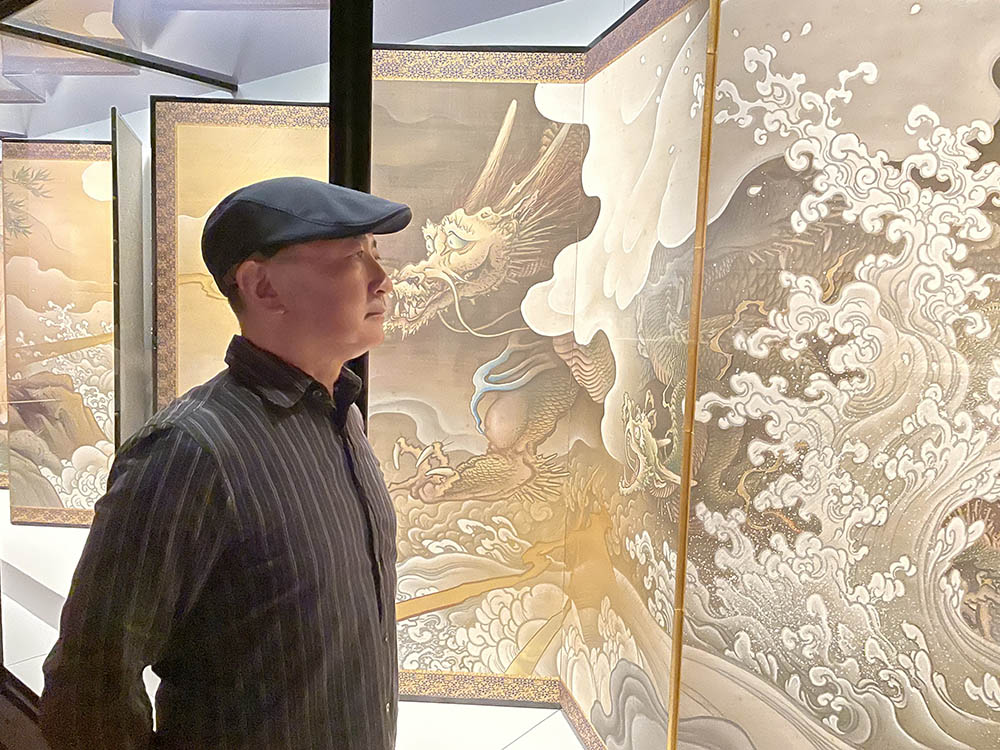
Shunga, which captivated the people of Edo, is not only sensual but also amusing, visually beautiful, and rich with the subtleties of life. Now, its charm is returning to Kabukicho, Japan’s foremost nightlife district. Here, glittering neon meets the stillness of a Noh stage, where humor, sensuality, and humanity gently coexist. It’s something you can enjoy informally, and before you know it, your heart feels lighter. I hope the smiles and conversations sparked by shunga will spread across generations and transcend borders.
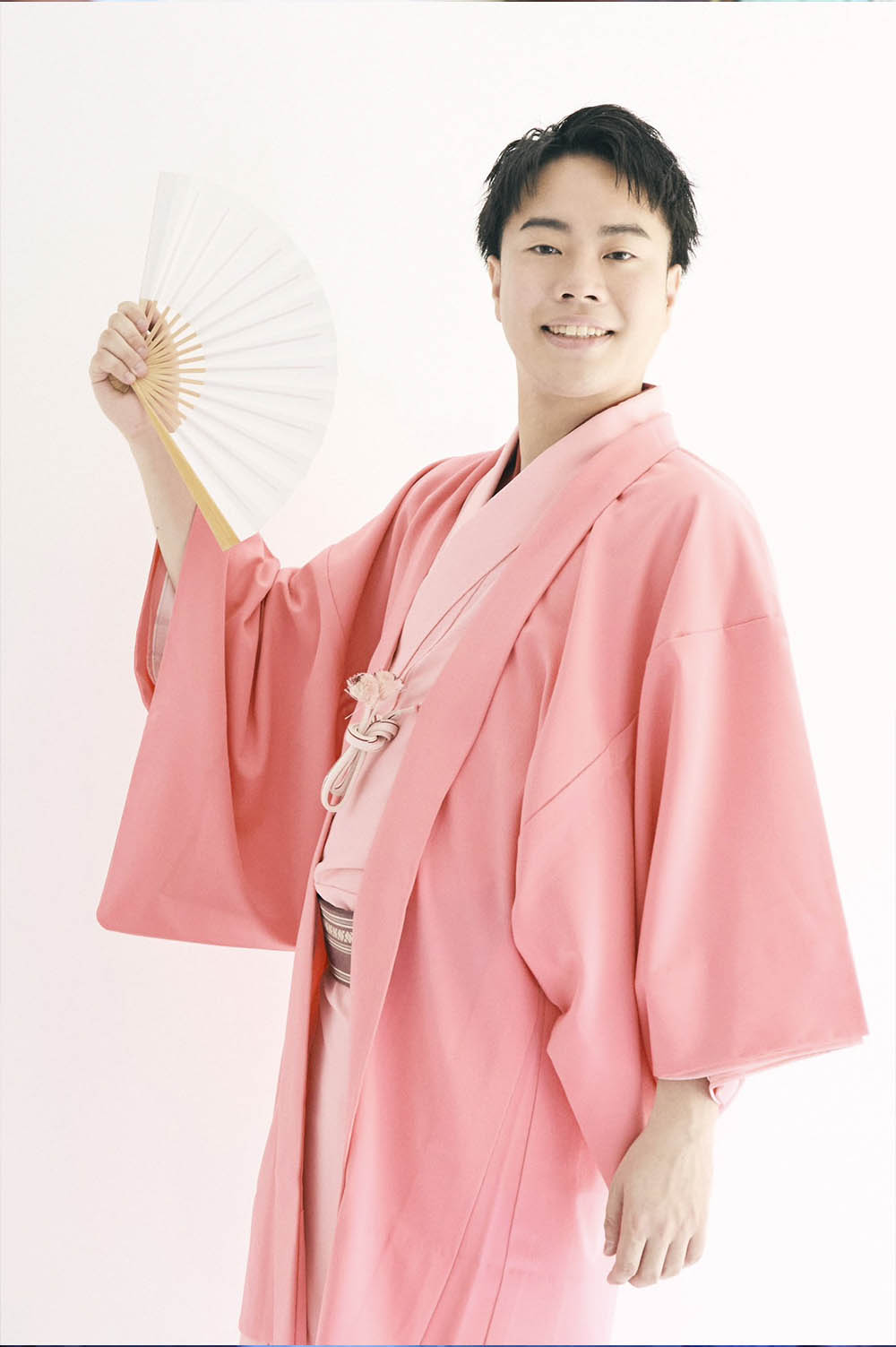
Don’t underestimate shunga; it was a cultural trailblazer. As a bookseller mentioned in the exhibition, “These days, customers have keen eyes; just jotting a few lines won’t hold their interest.” As a result, texts became densely written, resonating with rakugo storytelling. Among the pieces shown on video, the moon’s rabbit personified as a beautiful woman can be seen as a precursor to anime culture. In the Edo period, shunga was known as warai-e, or “pictures of laughter,” and also bore the “wa” mark (wa-in). In any era, when same-sex groups gather for drinks, the conversation often turns to sex. Why not let this exhibition serve as a humorous talking point?
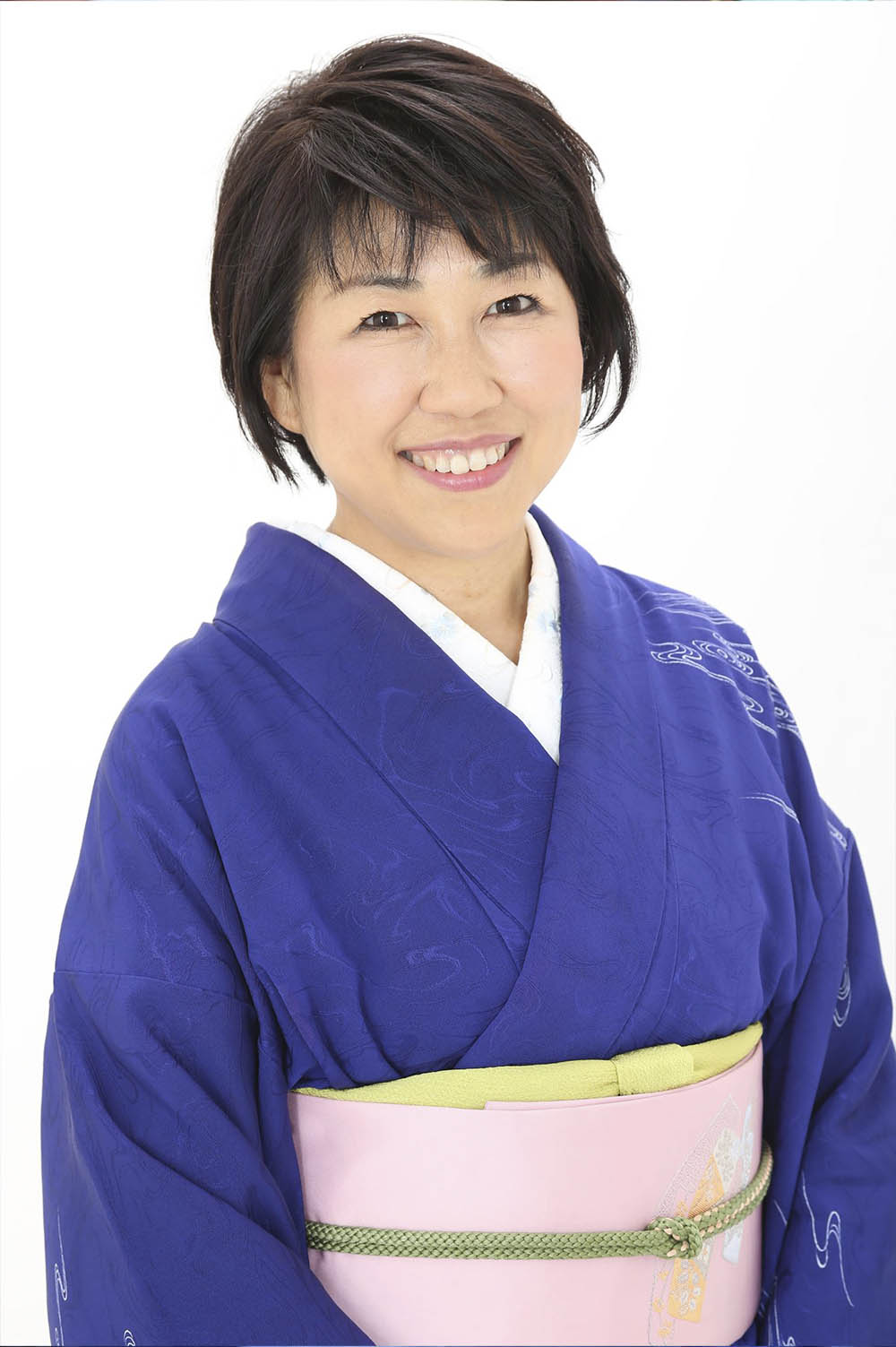
Shunga is not only erotic; it also evokes laughter and is visually stunning.How wonderfully chic that this Edo playfulness is being revived today in Shinjuku Kabukicho. In the dignified setting of a Noh stage, this exhibition allows shunga to move freely. While depicting sexuality, shunga transcends gender and status, reflecting people’s lives, emotions, and humor, and connecting them through the art of wa (harmony). I found myself newly captivated by the world of shunga. I hope this becomes a place where shunga is not perceived as “forbidden to see,” but rather as something people want to experience, feel, and discuss together.

This was my first encounter with shunga. As obvious as it may sound, it felt profoundly human, reminding me that I, too, am simply human. The diverse graphic expressions, instinctively “cool” even by today’s standards, made me feel, as a painter, that I exist within that continuum of history.

Shinjuku and Shunga.
What came to my mind was a scene from Shūji Terayama’s film Throw Away Your Books, Rally in the Streets, where a young man has his first sexual experience. In the brothel setting in Shinjuku, shunga prints were strikingly displayed.
At that moment, shunga seemed to exist as a vivid presence, serving as a kind of avant-garde prop within Shinjuku, a cultural hub where anti-establishment and avant-garde intersected.
That was in 1971.
Fifty years later, I feel that here in the same Shinjuku, we are now able to enjoy shunga in a casual yet stylish way. There is absolutely no need for us to keep it hidden anymore. I hope many people will come to appreciate shunga with the same ease as drinking tea.
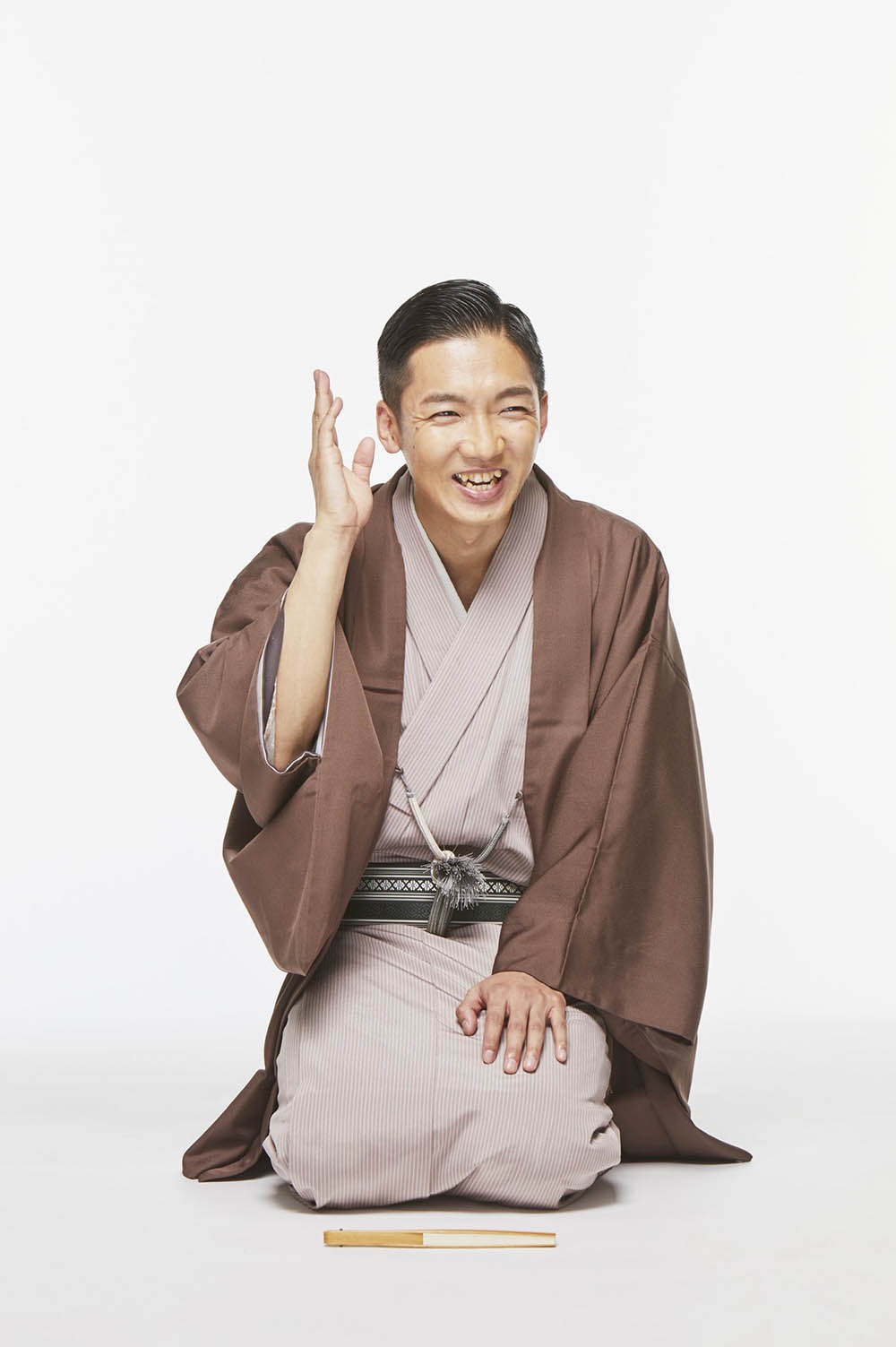
The world feels suffocating.
Living in times like these, our minds are surely filled with worries and inner conflicts, and I am no exception. Amid all that, I happened to drop by a shunga exhibition, and it shocked me.
The works were filled with refreshing eroticism and outrageous absurdity! My trivial worries were blown away! I couldn’t help but think, ‘Yes, yes! This is exactly what I’ve been looking for!’ and cheered in my heart.
Shunga is an explosion!!!

歌川国虎『今様年男床』/色摺半紙本 上中下合本/文政10年(1827)/浦上蒼穹堂蔵
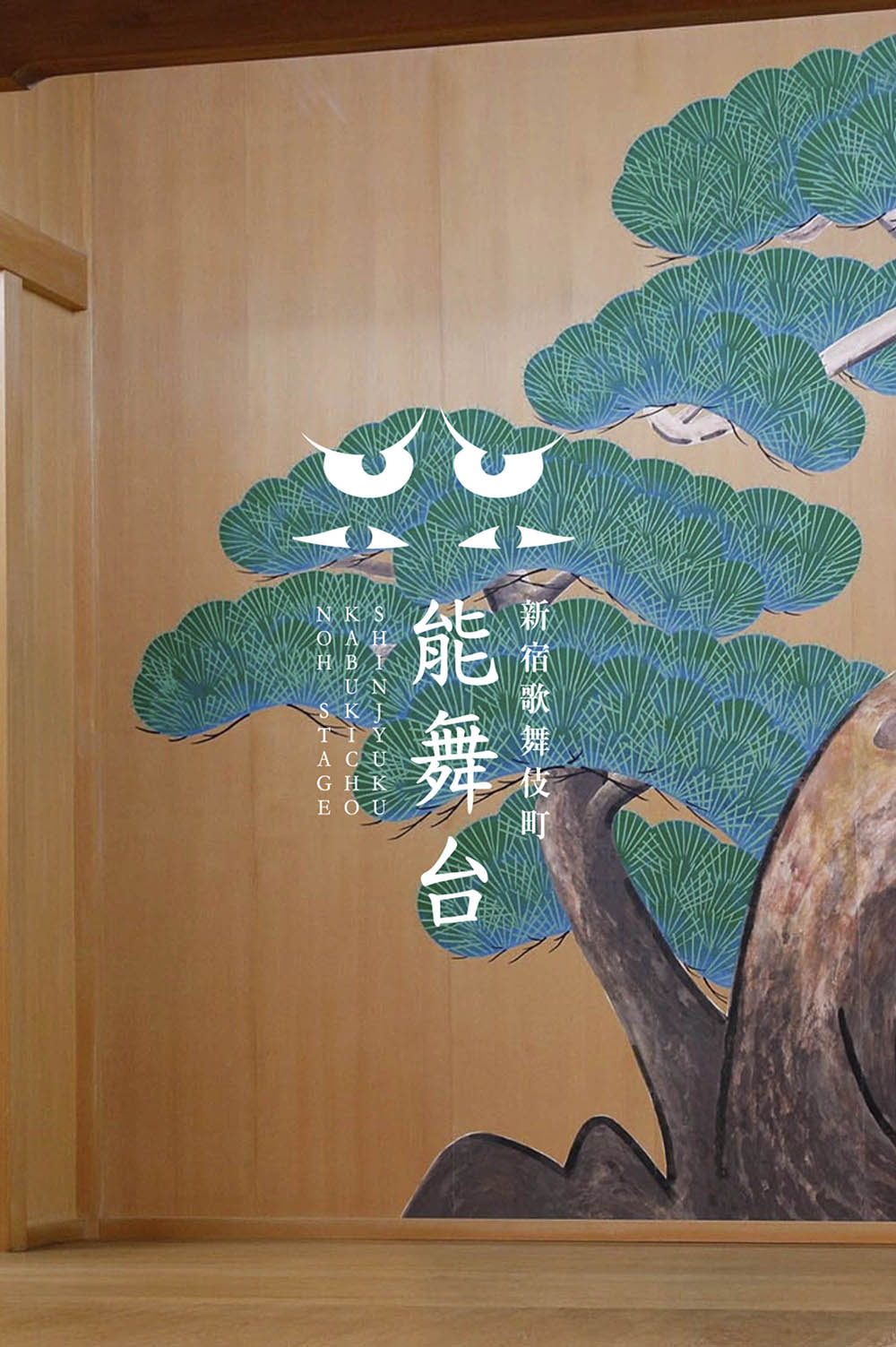
Originally built in 1941 as the "Nakajima Shinjuku Noh Stage," the theater was acquired by Smappa!Group in 2022 and renamed it the "Shinjuku Kabukicho Noh Theater." It now serves as a cultural hub for performances and workshops in Noh, Nihon Buyo, rakugo, and traditional arts. Under the guidance of Shizuo Nakajima, a certified preserver of Important Intangible Cultural Property, the theater continues to promote Japanese cultural content to both domestic and international audiences, bridging Japan’s classical arts with contemporary tourism and cultural engagement.
https://nohstage.com/

Copyright (C) Smappa! Group / SCRAMRICE Ltd. All Rights Reserved.